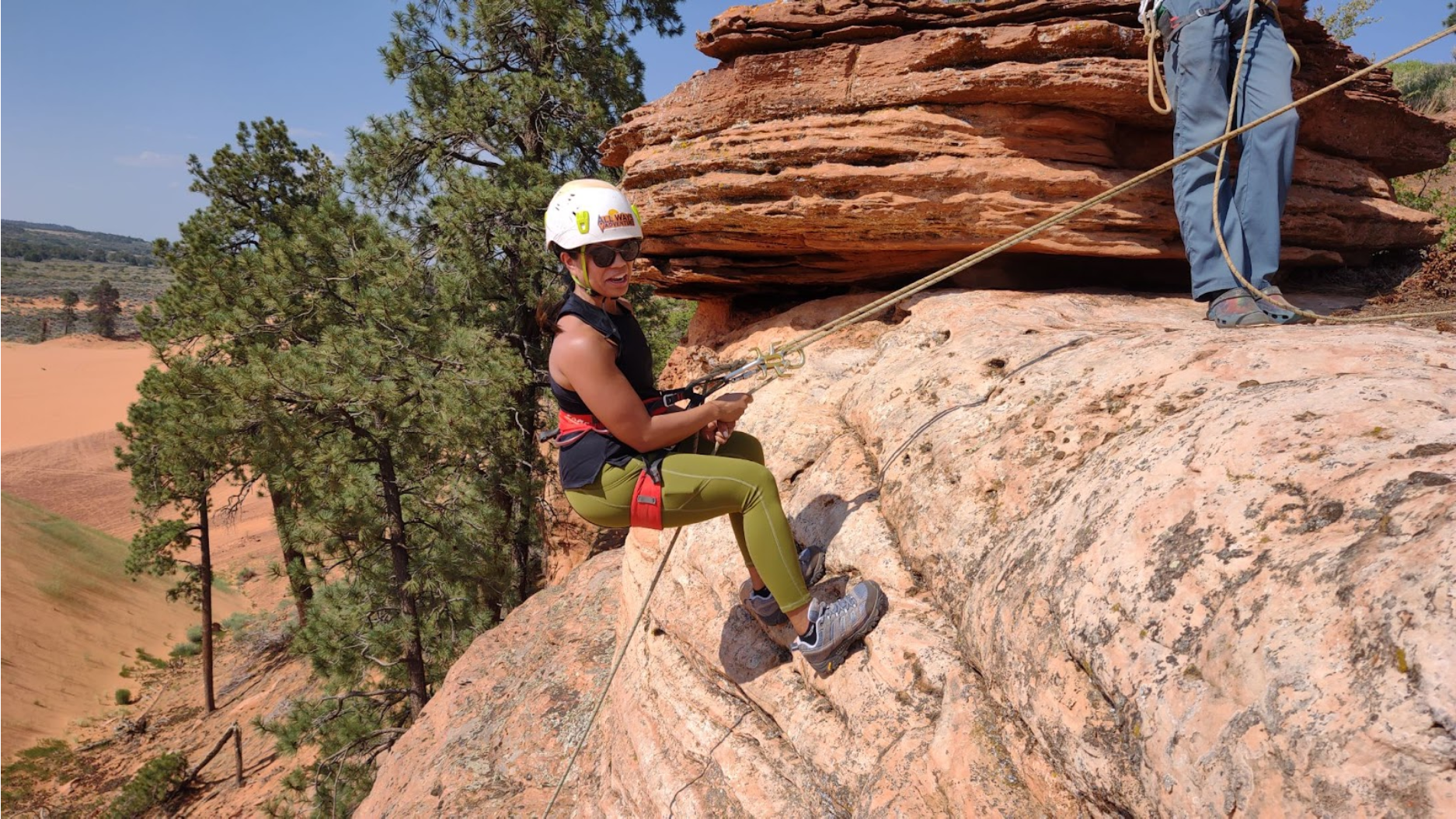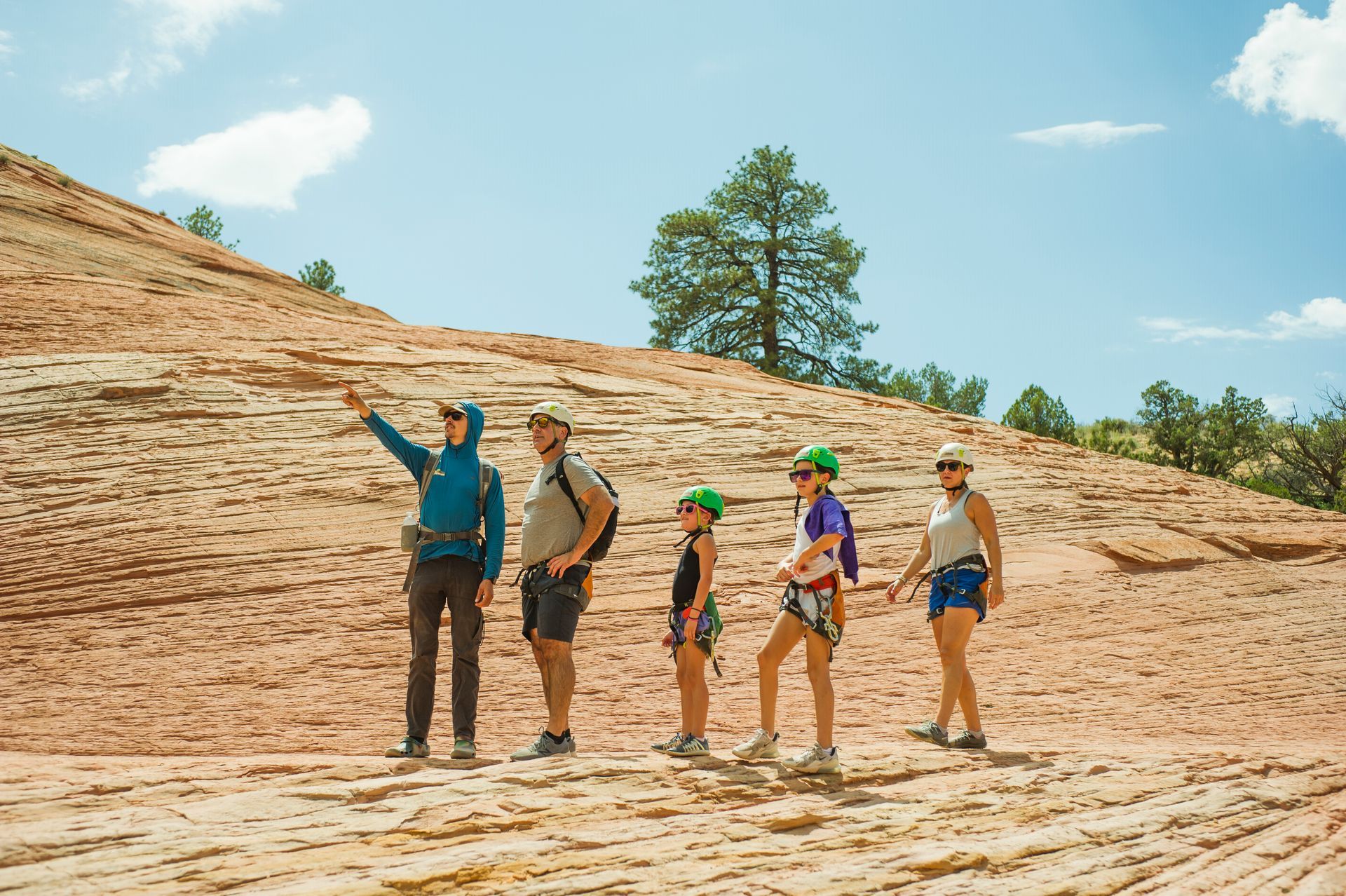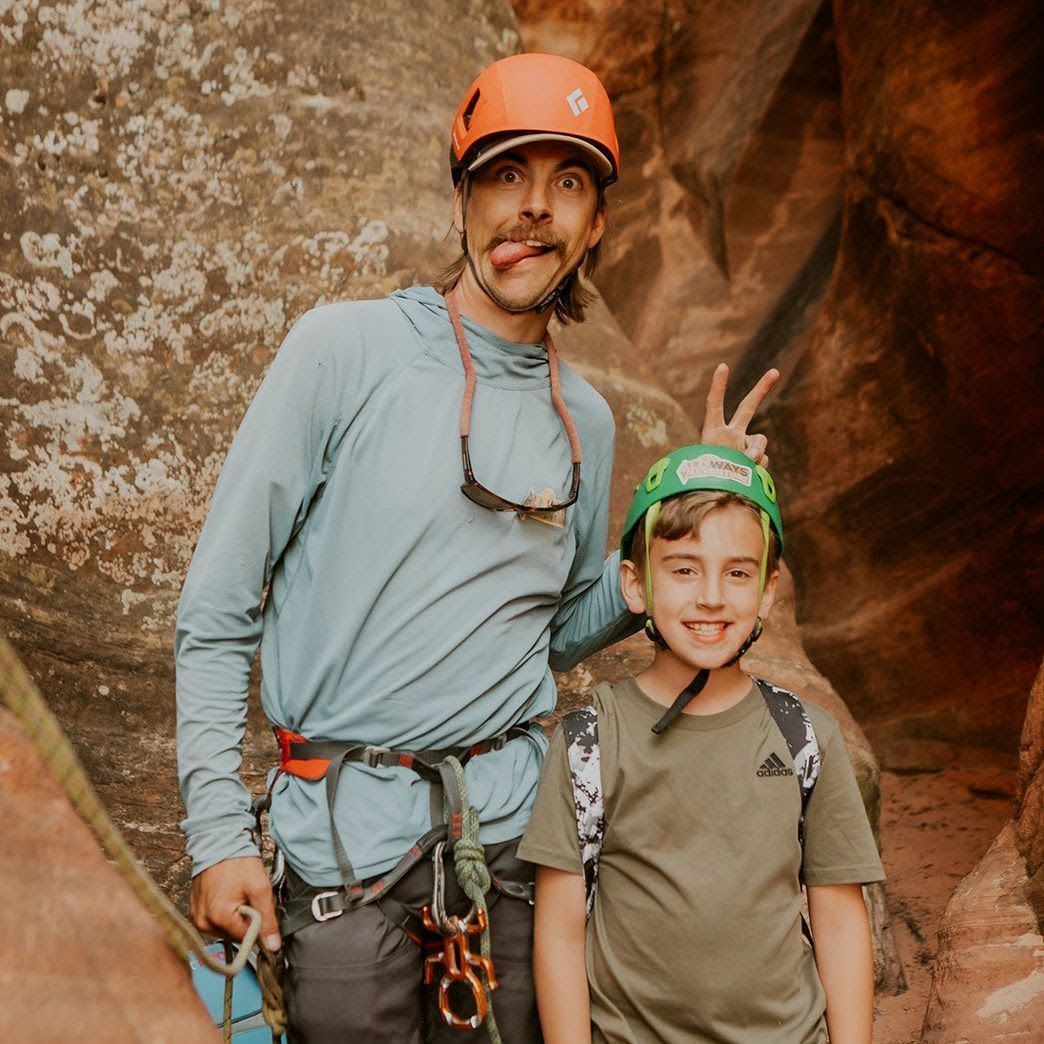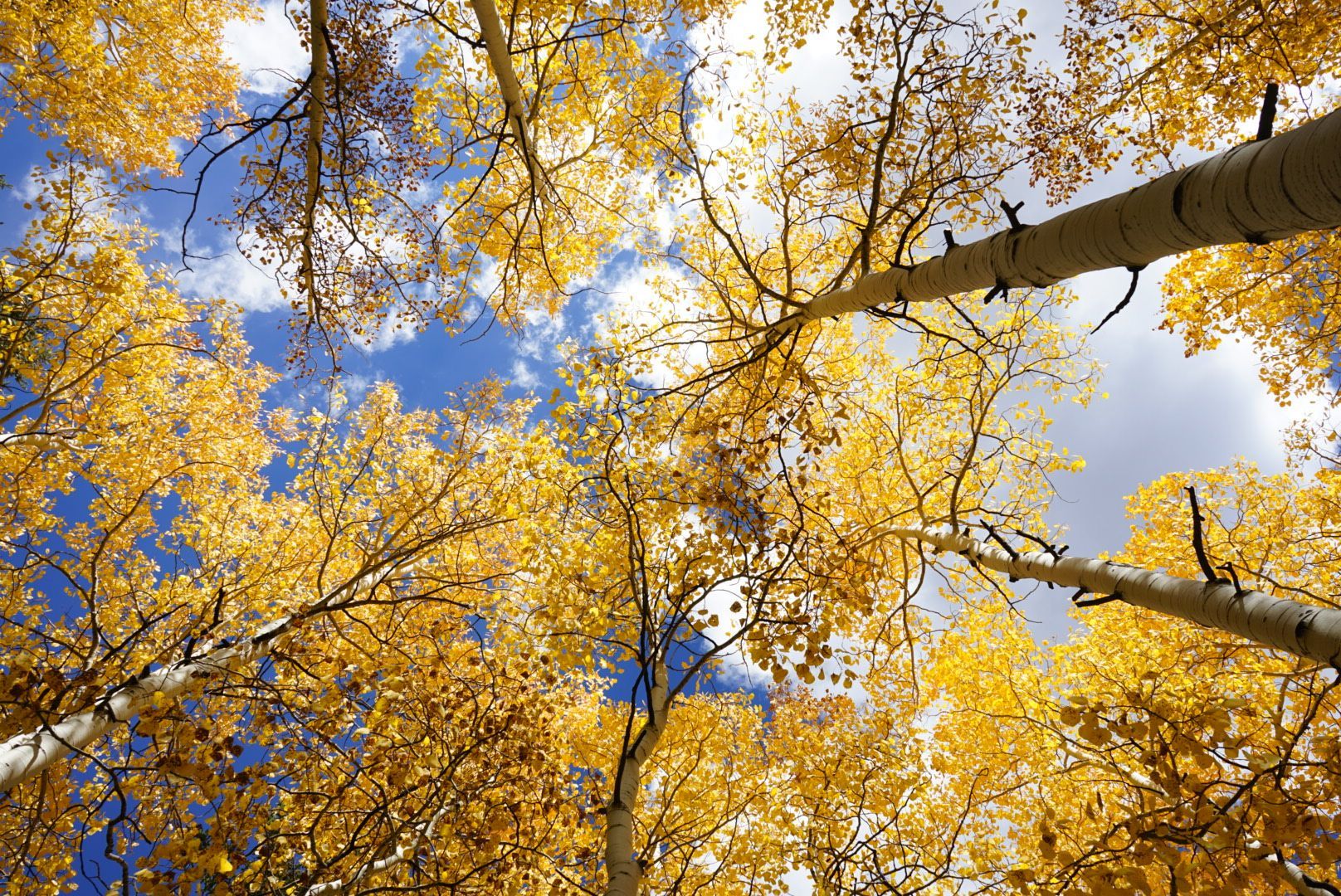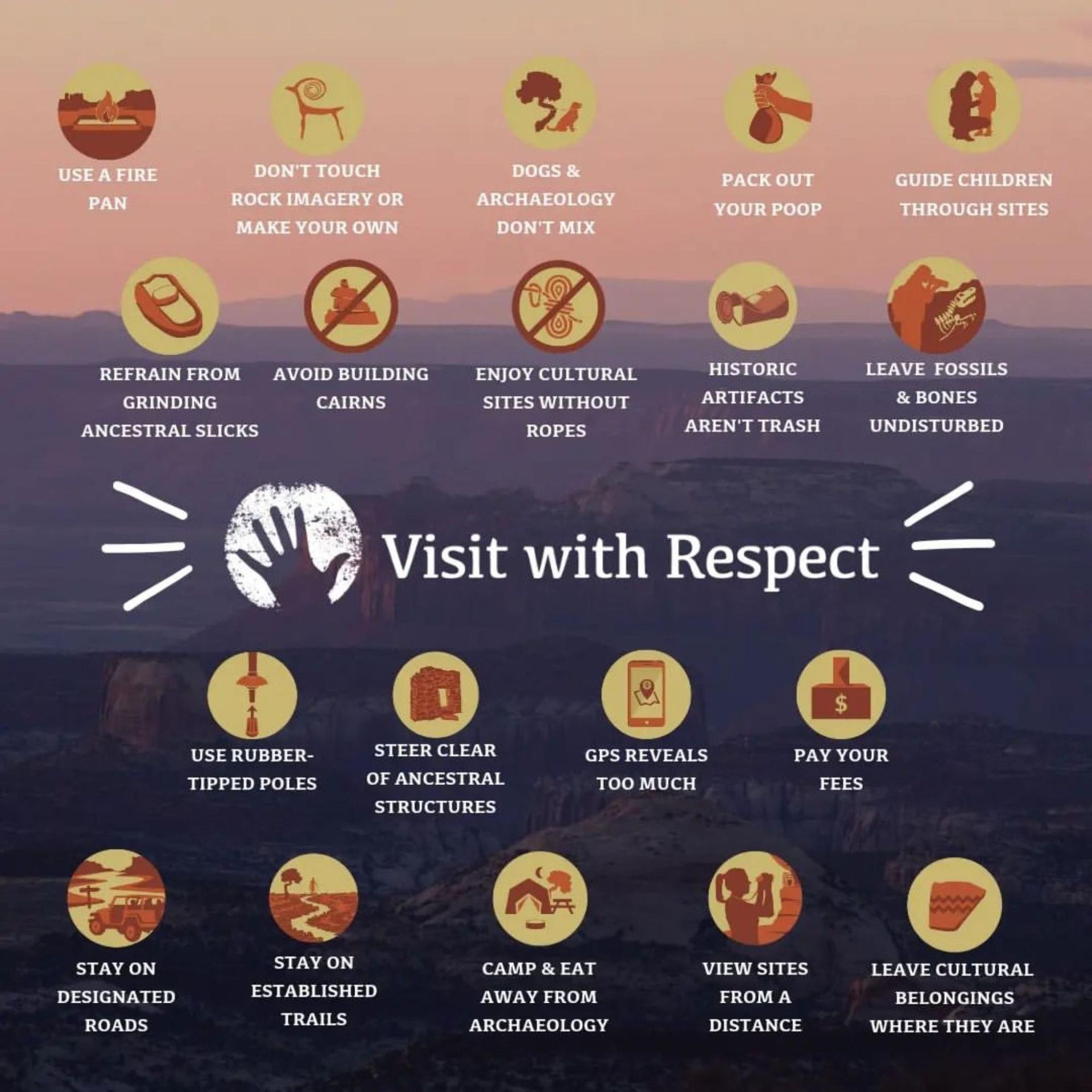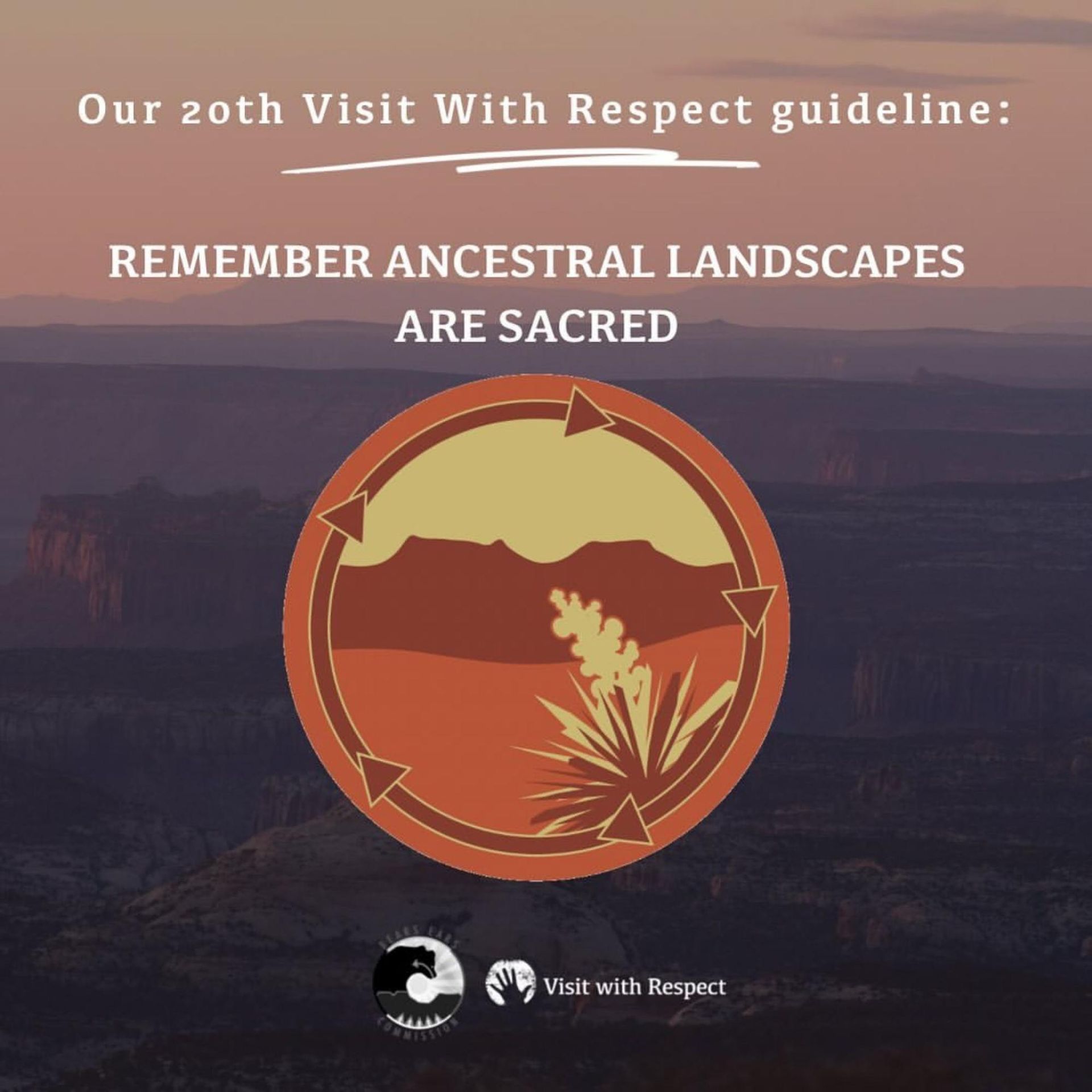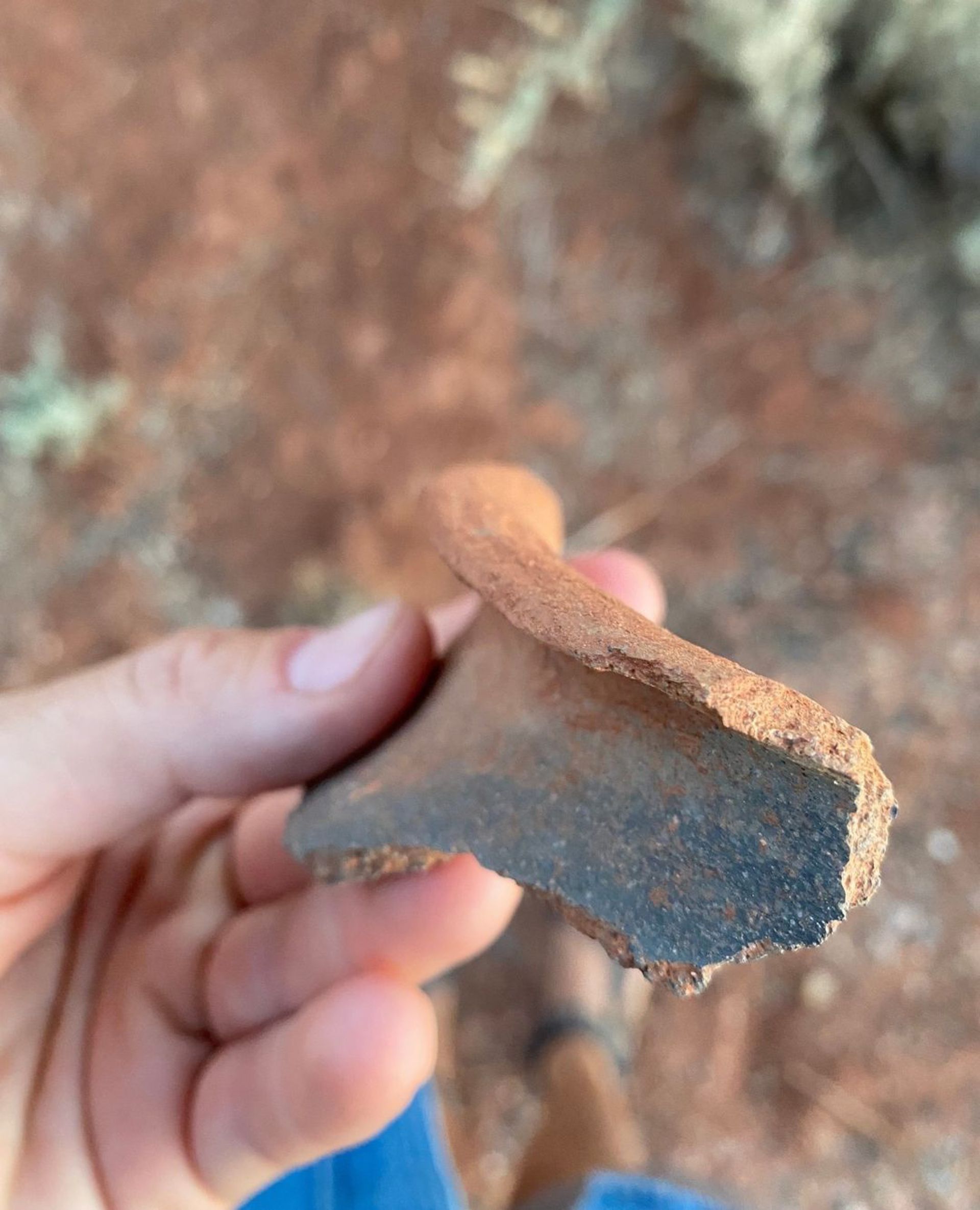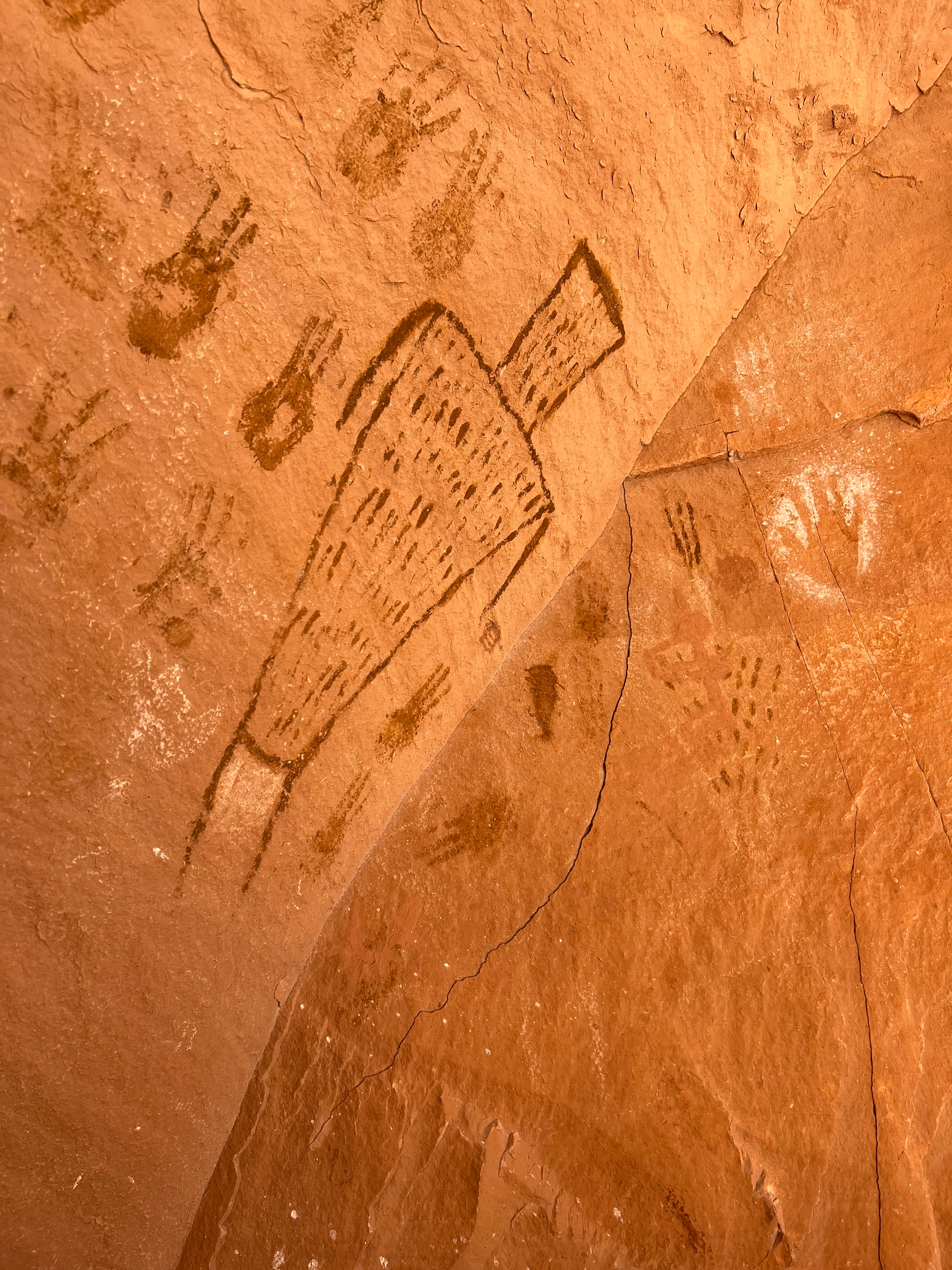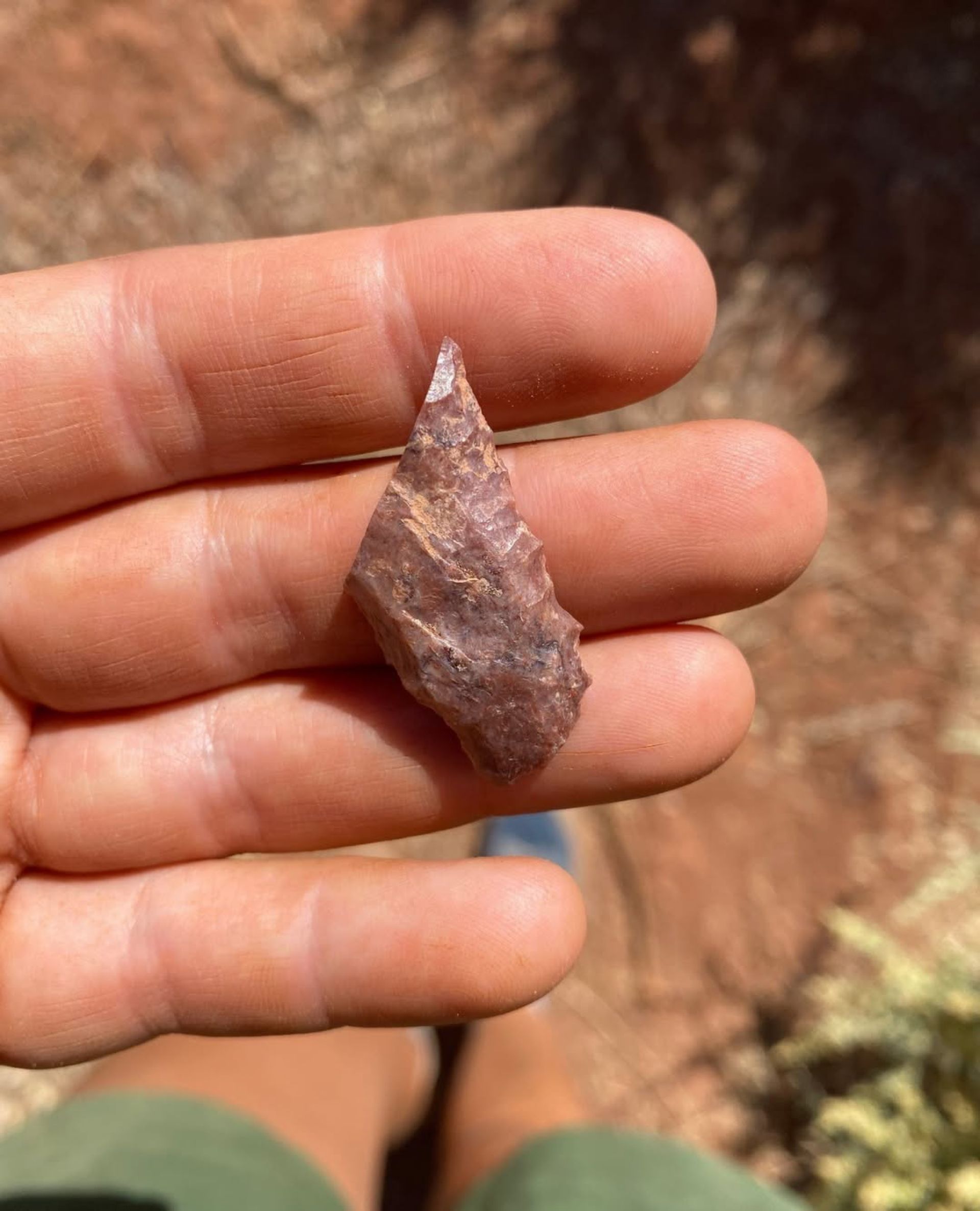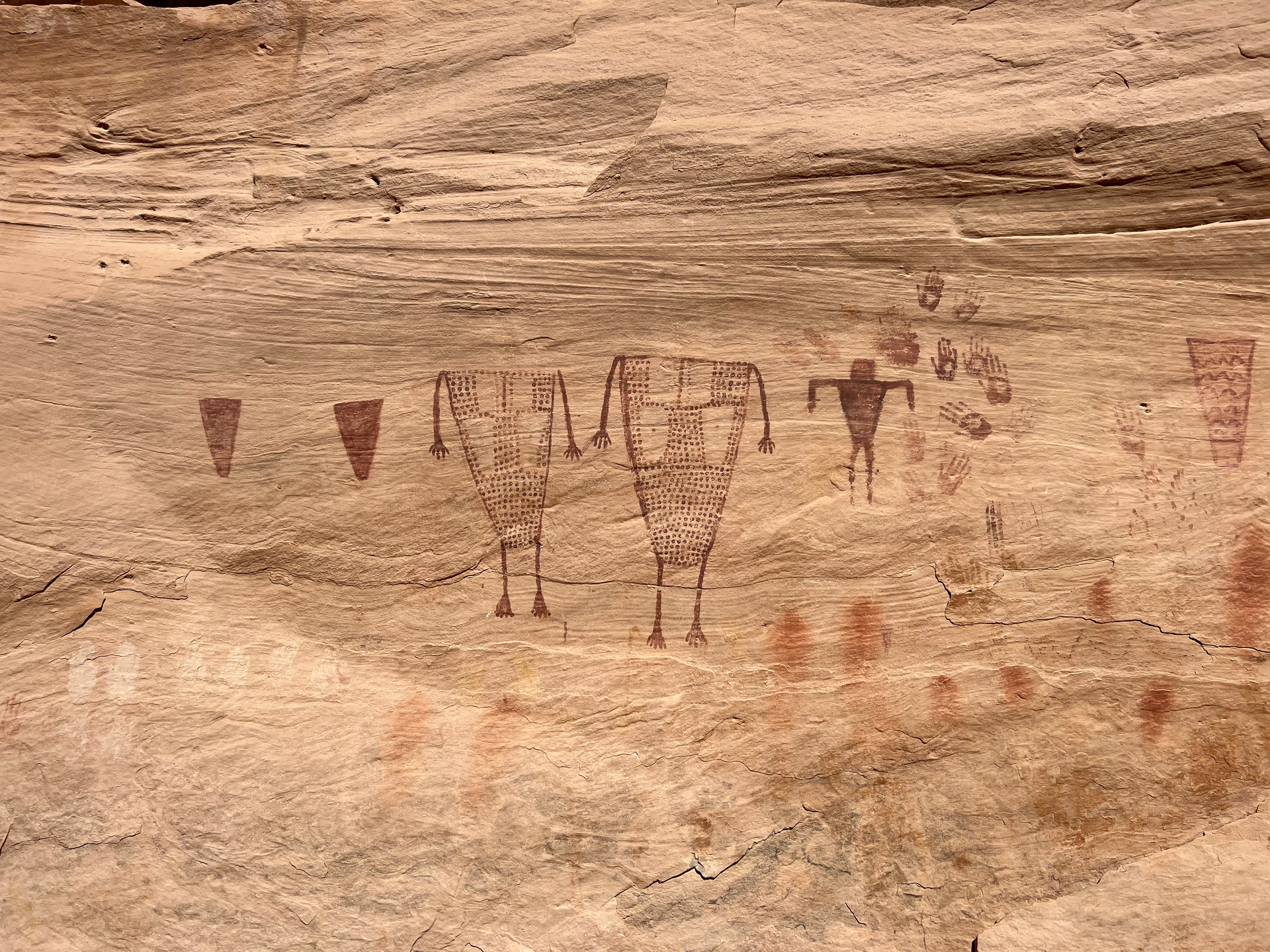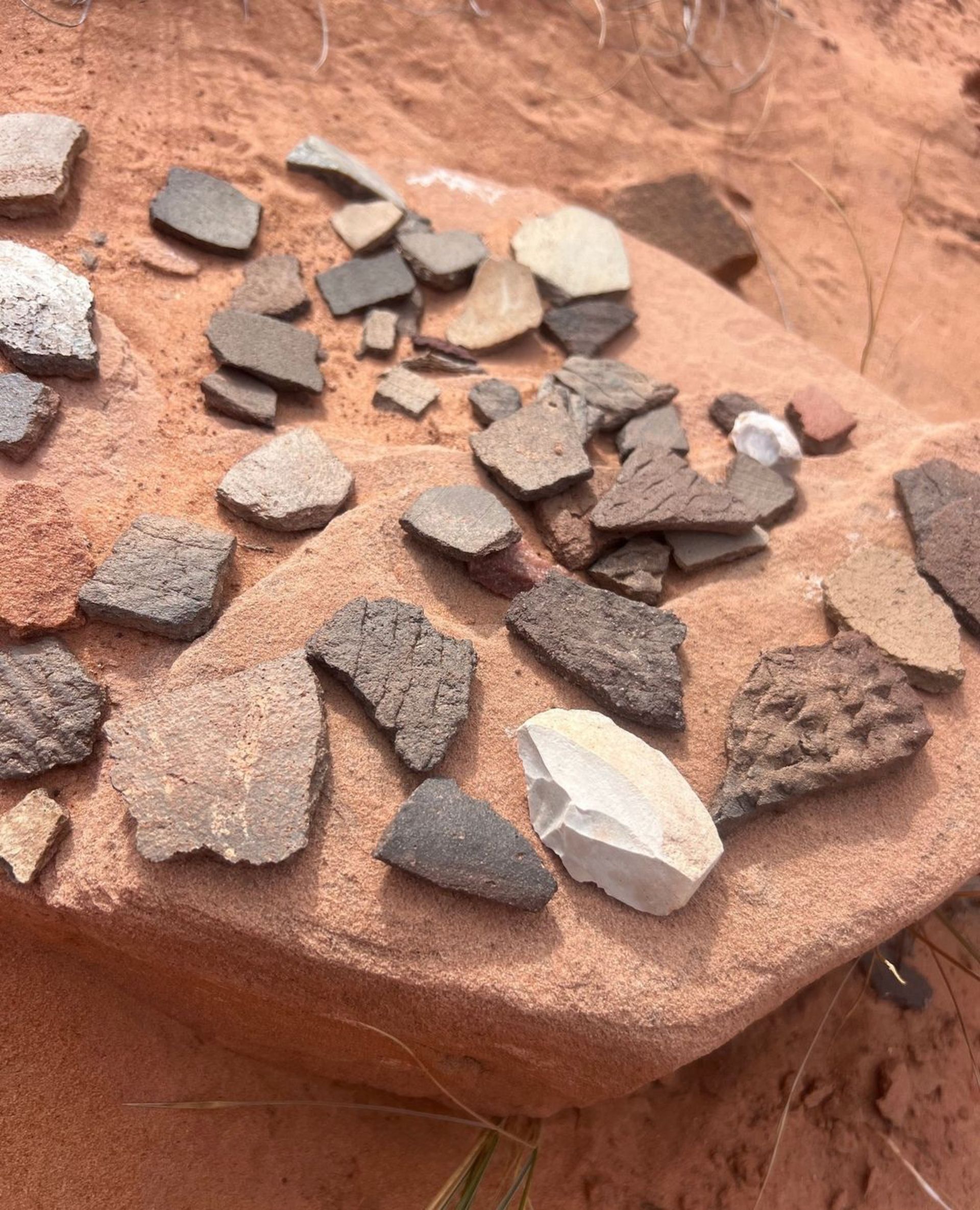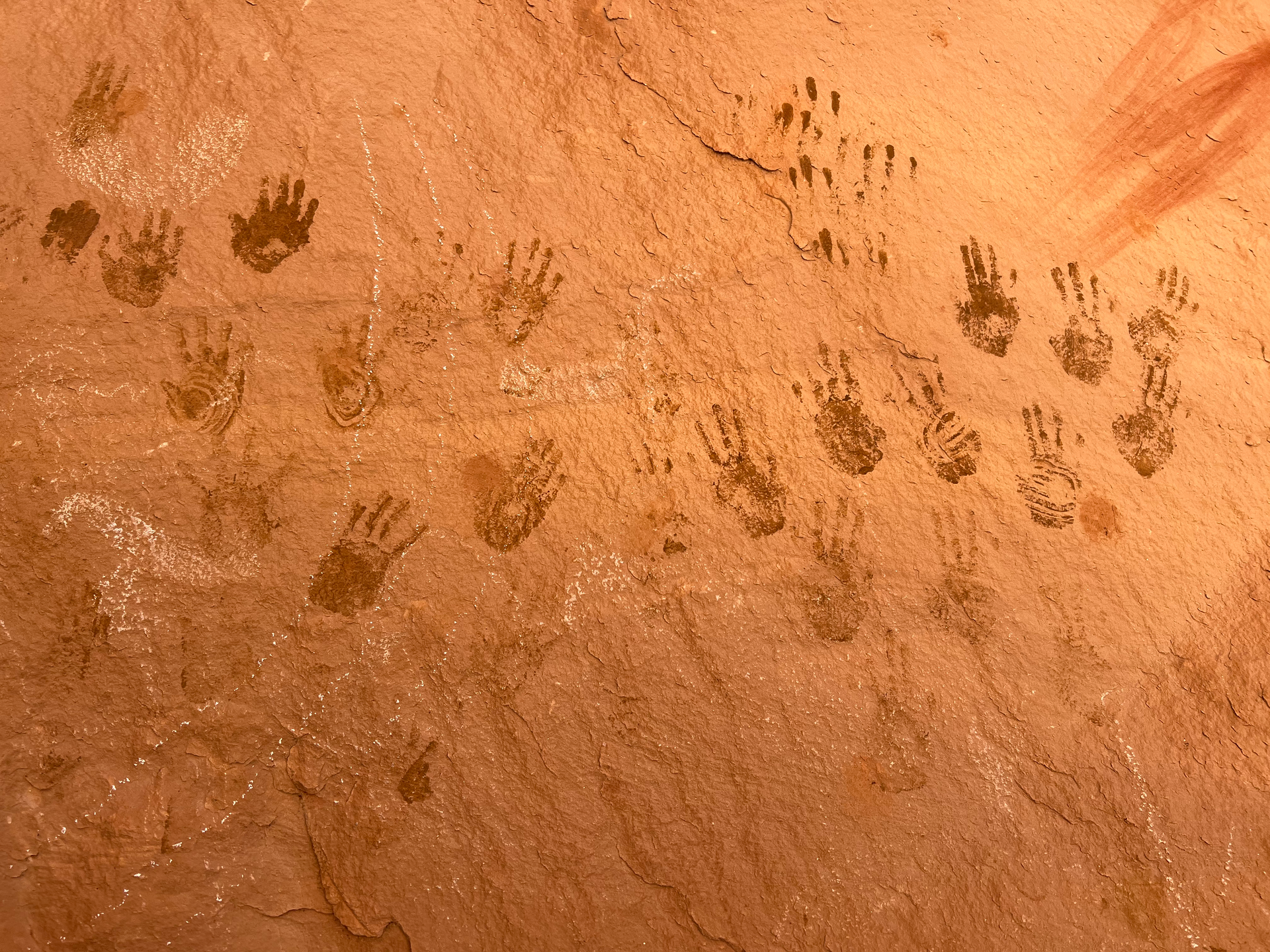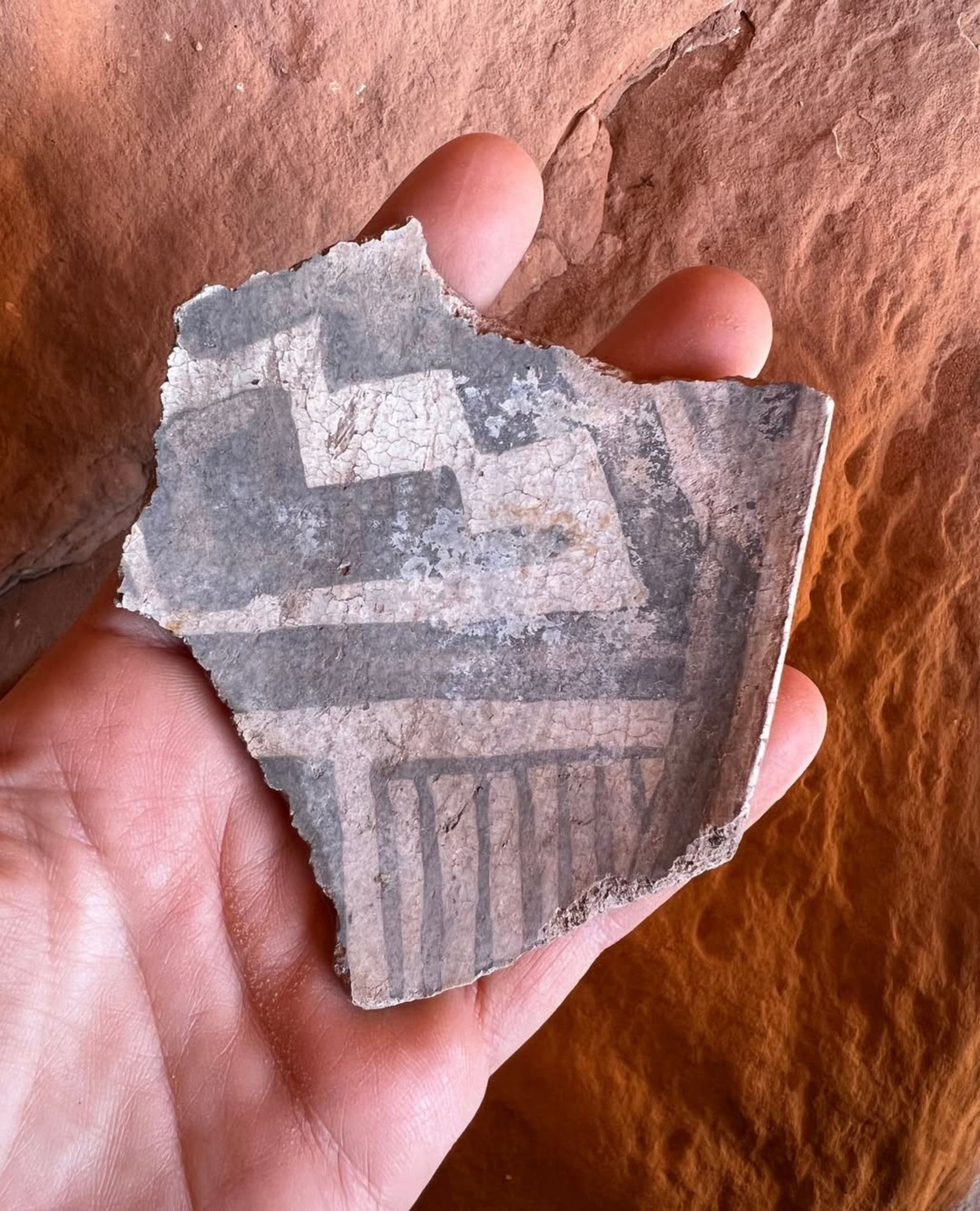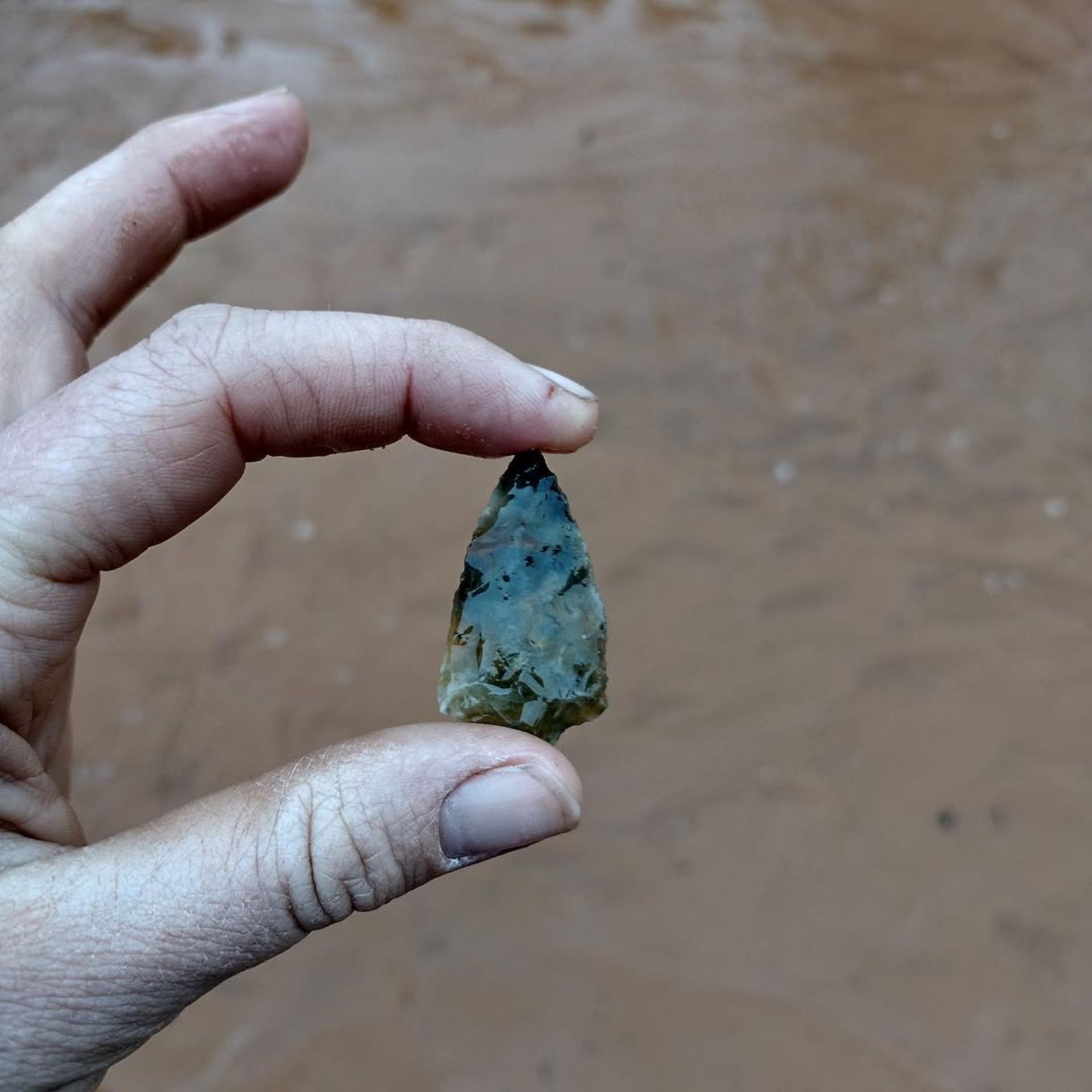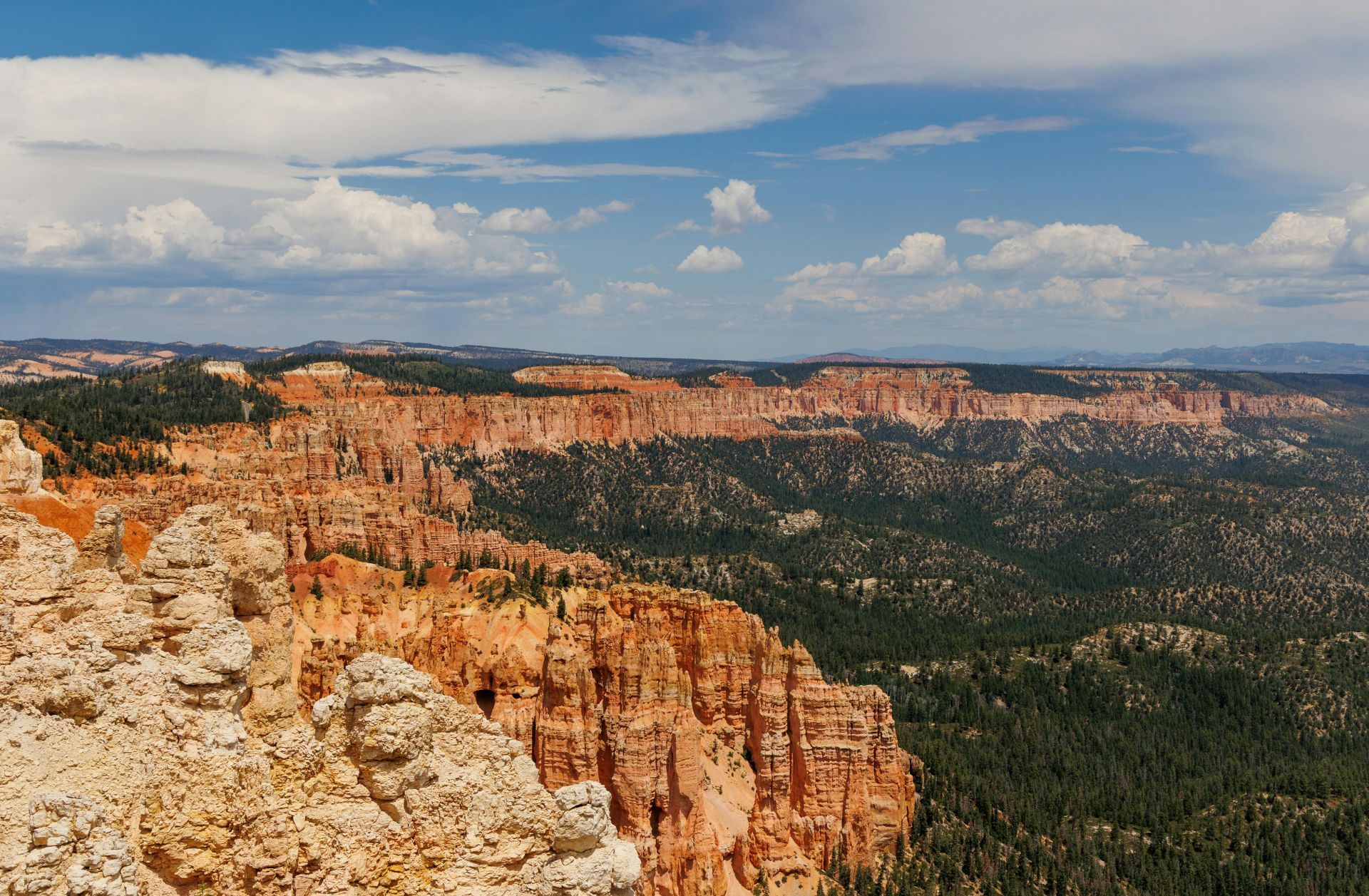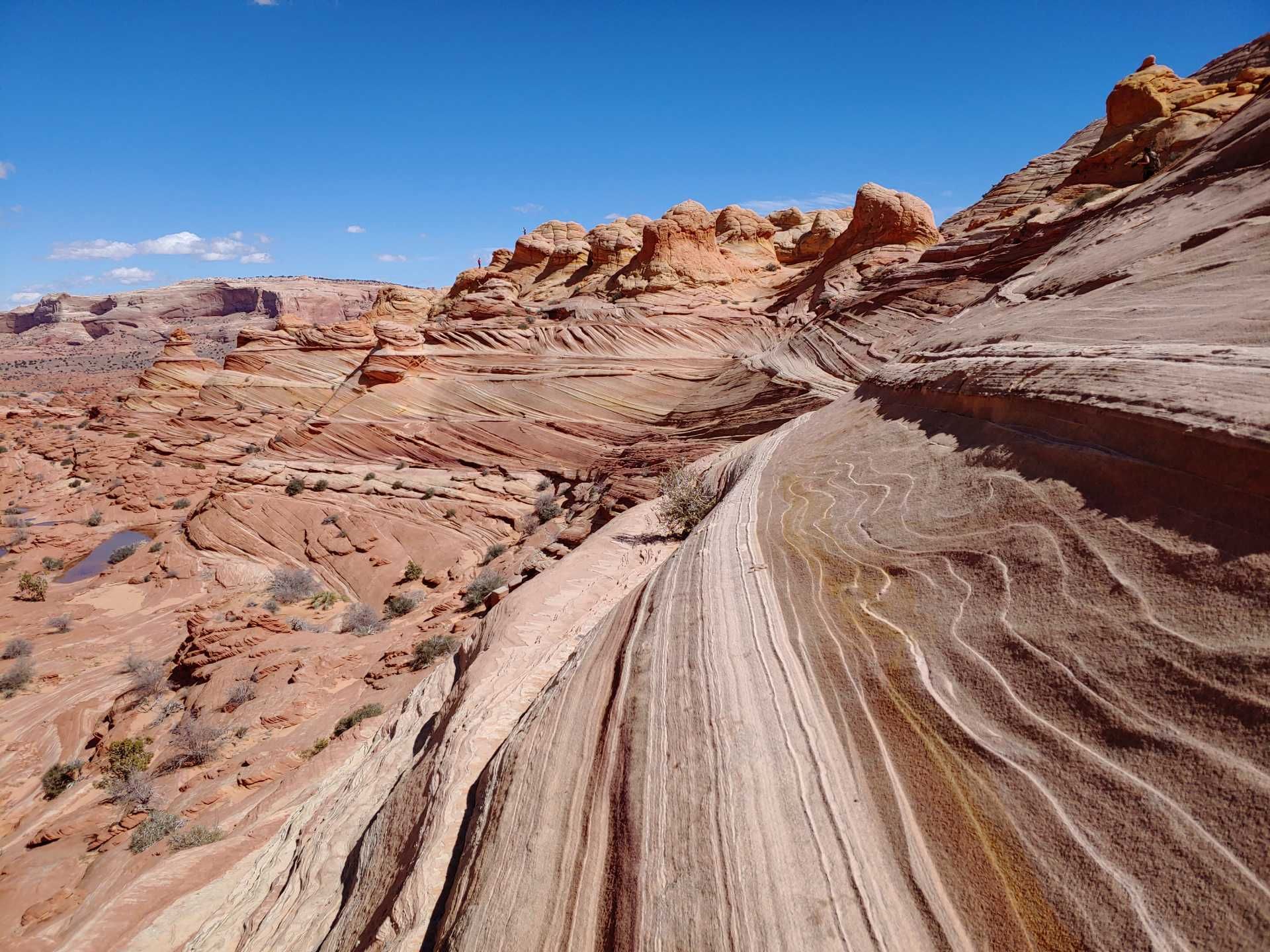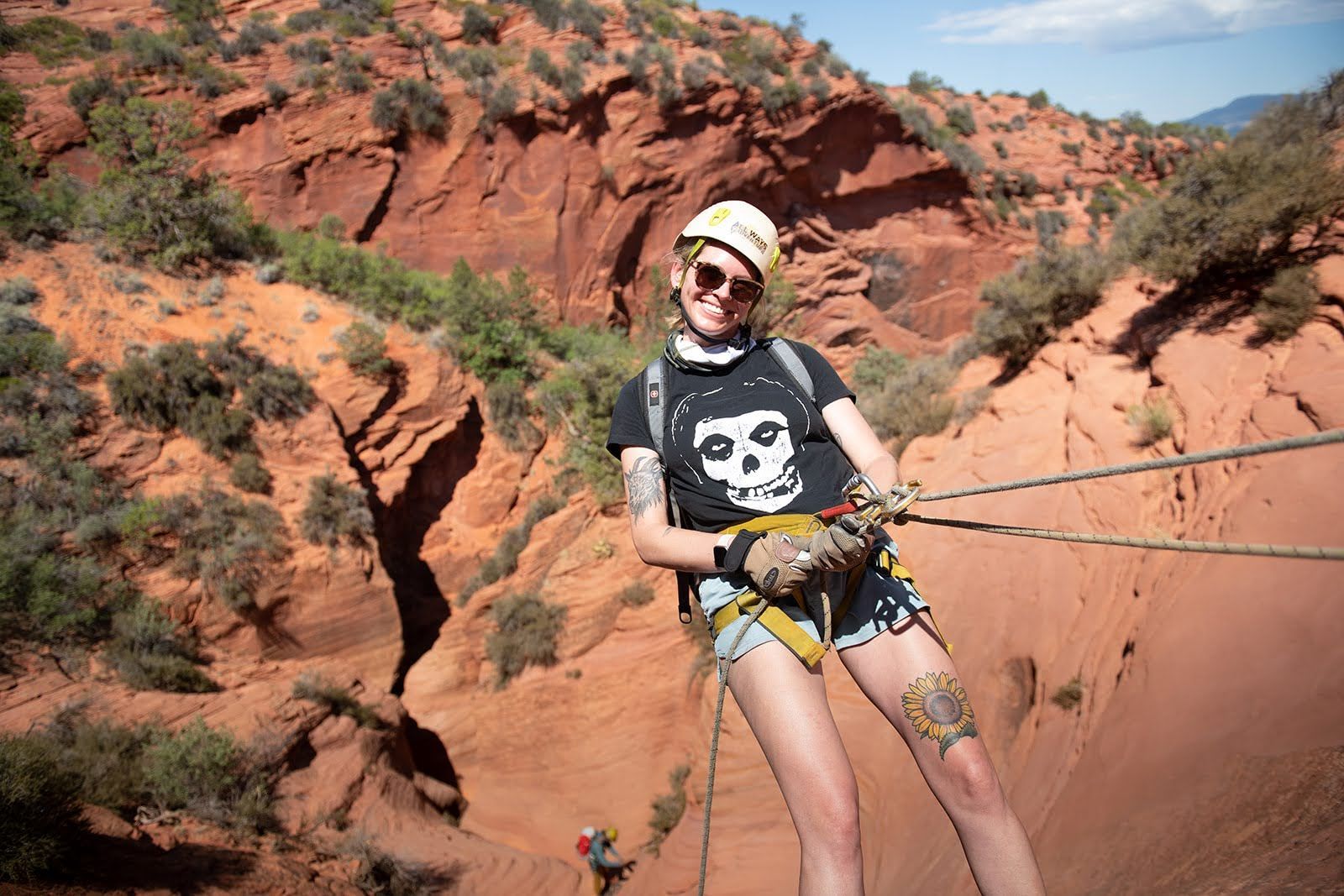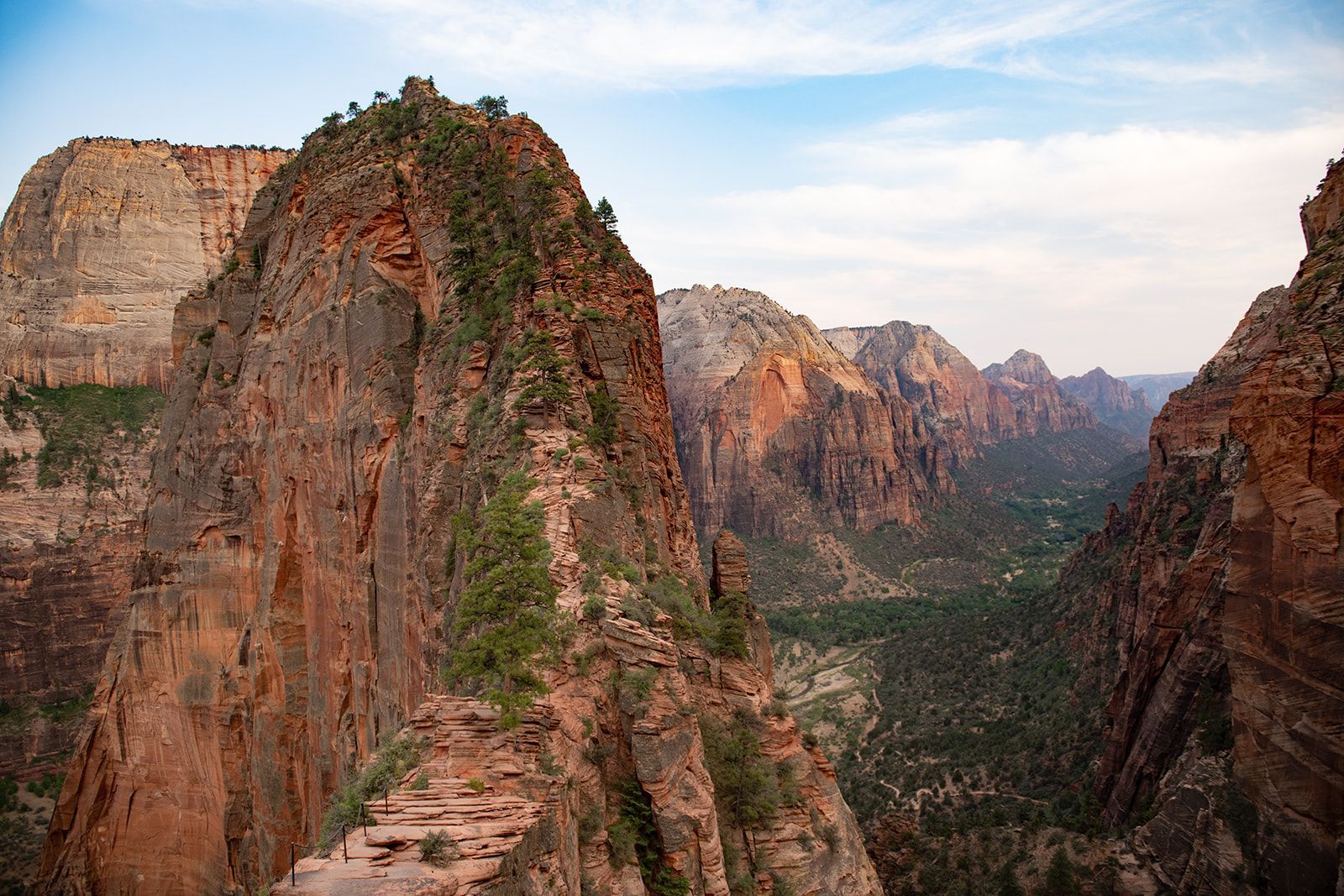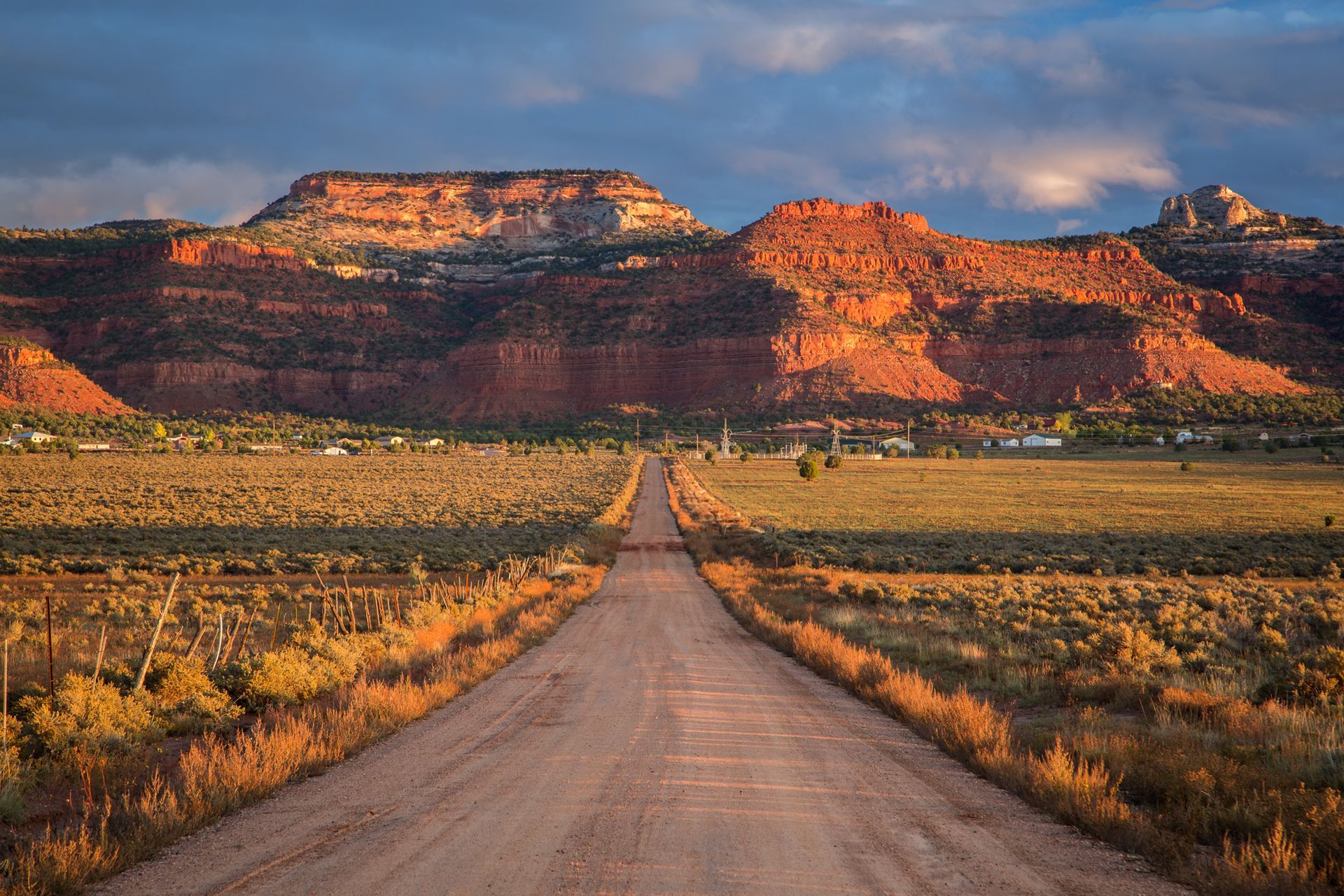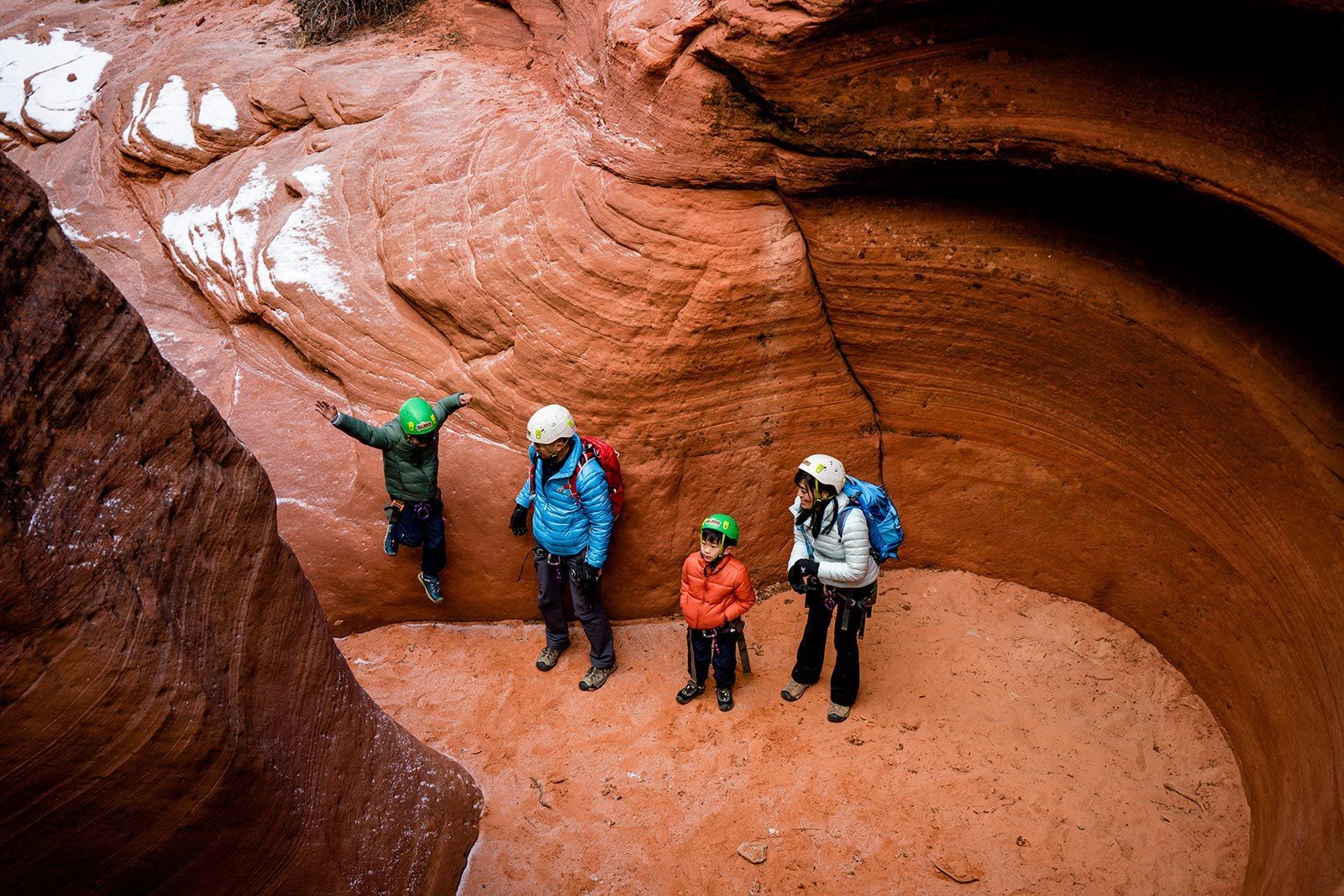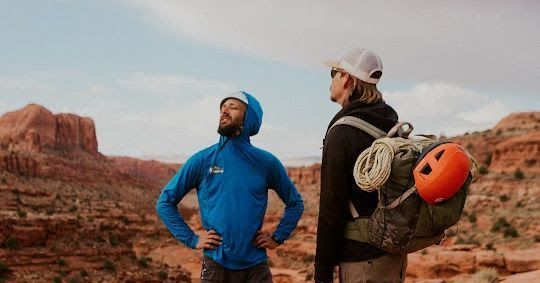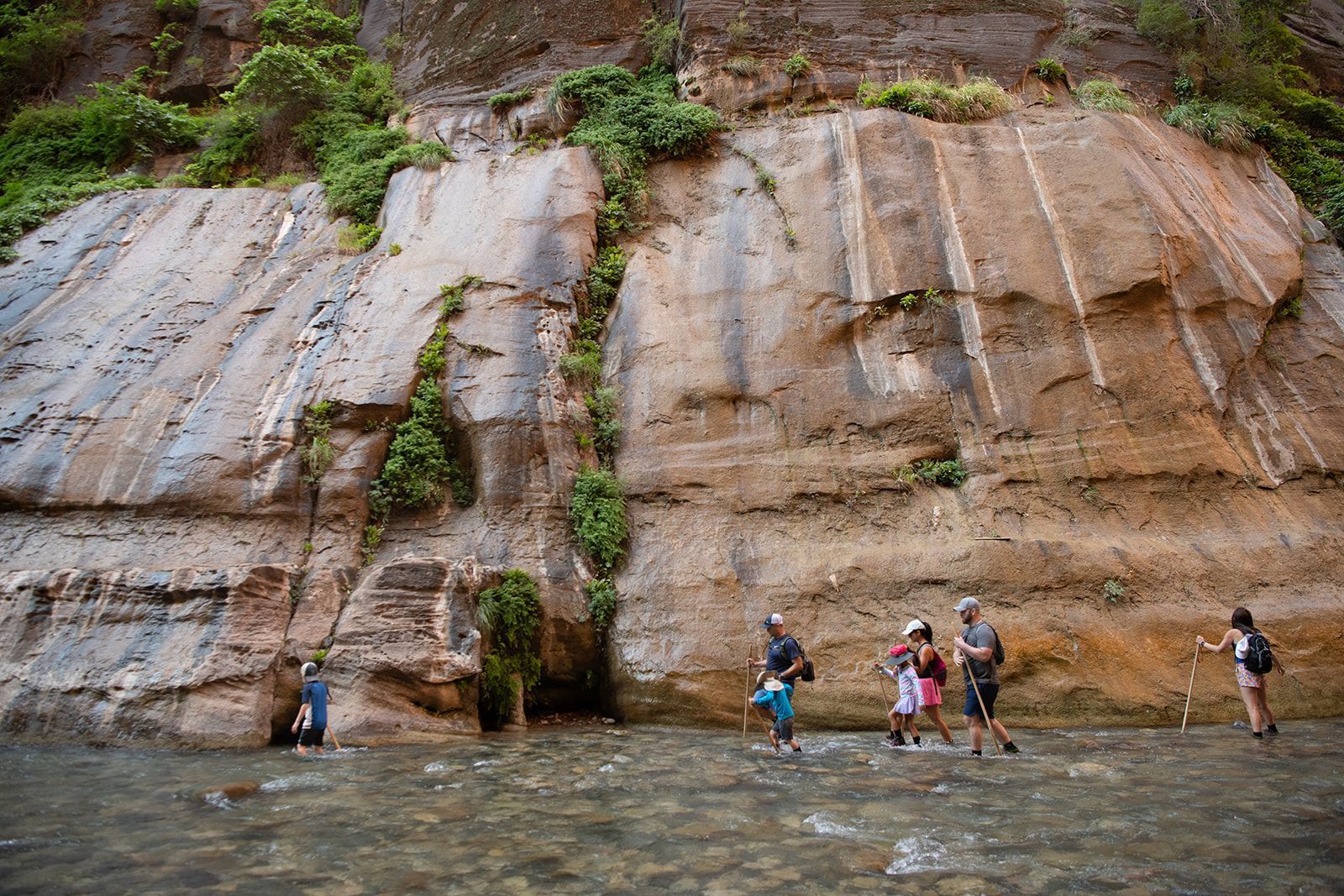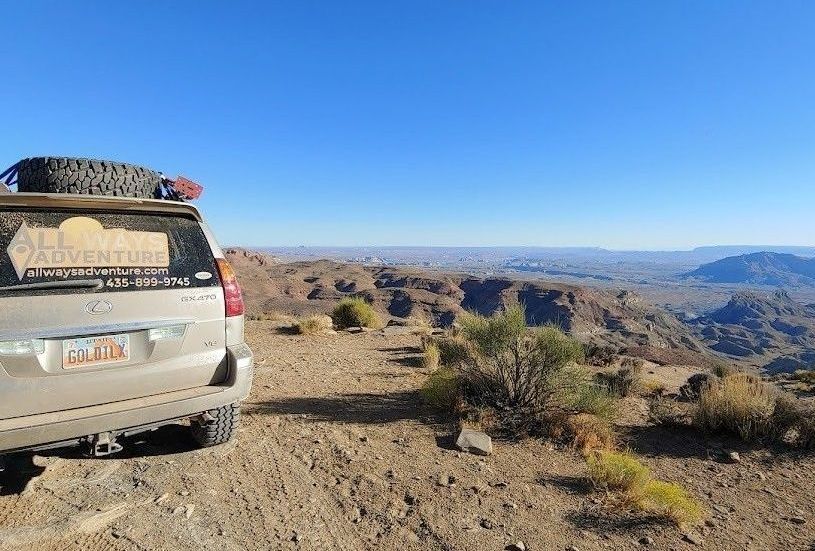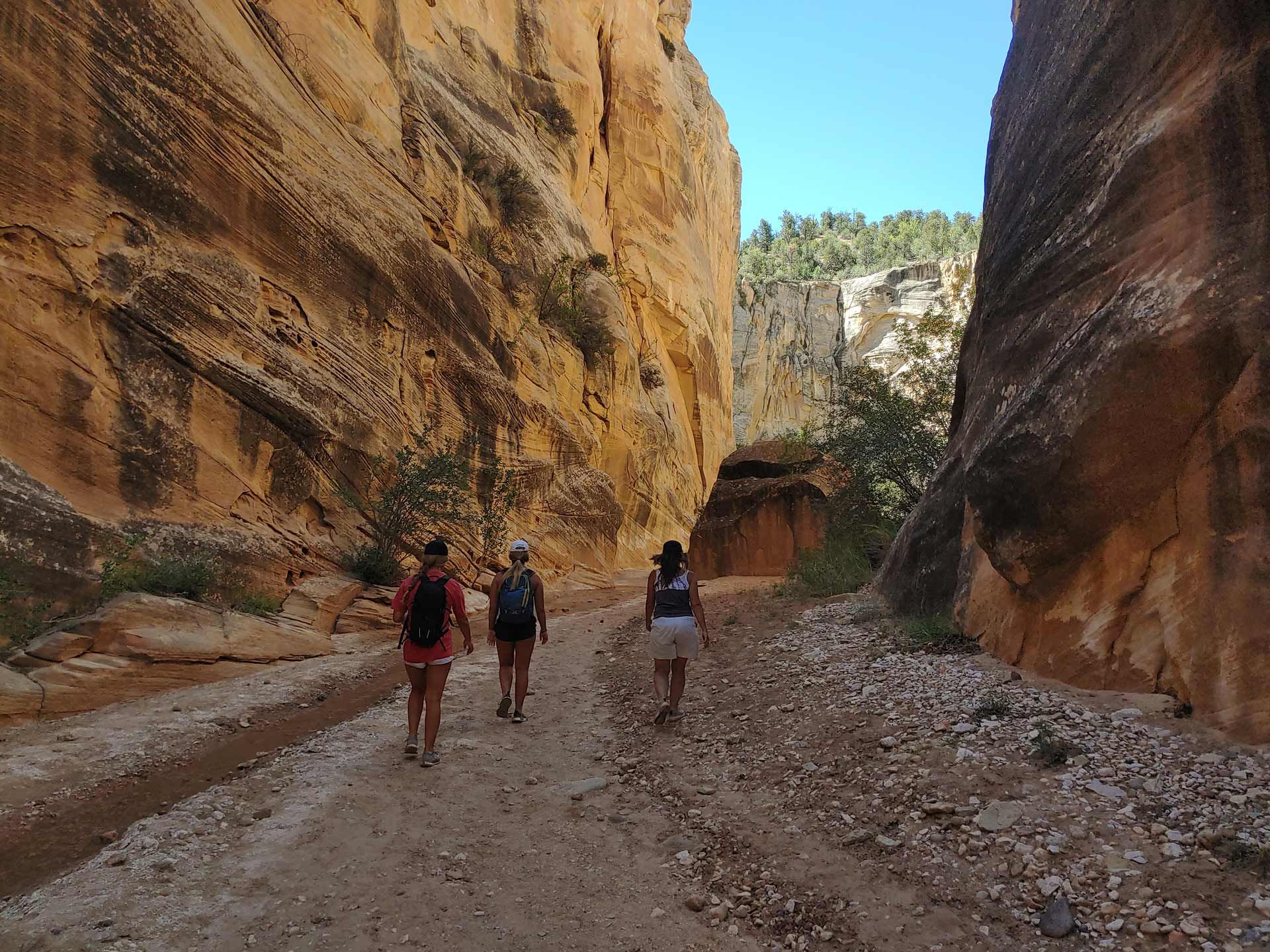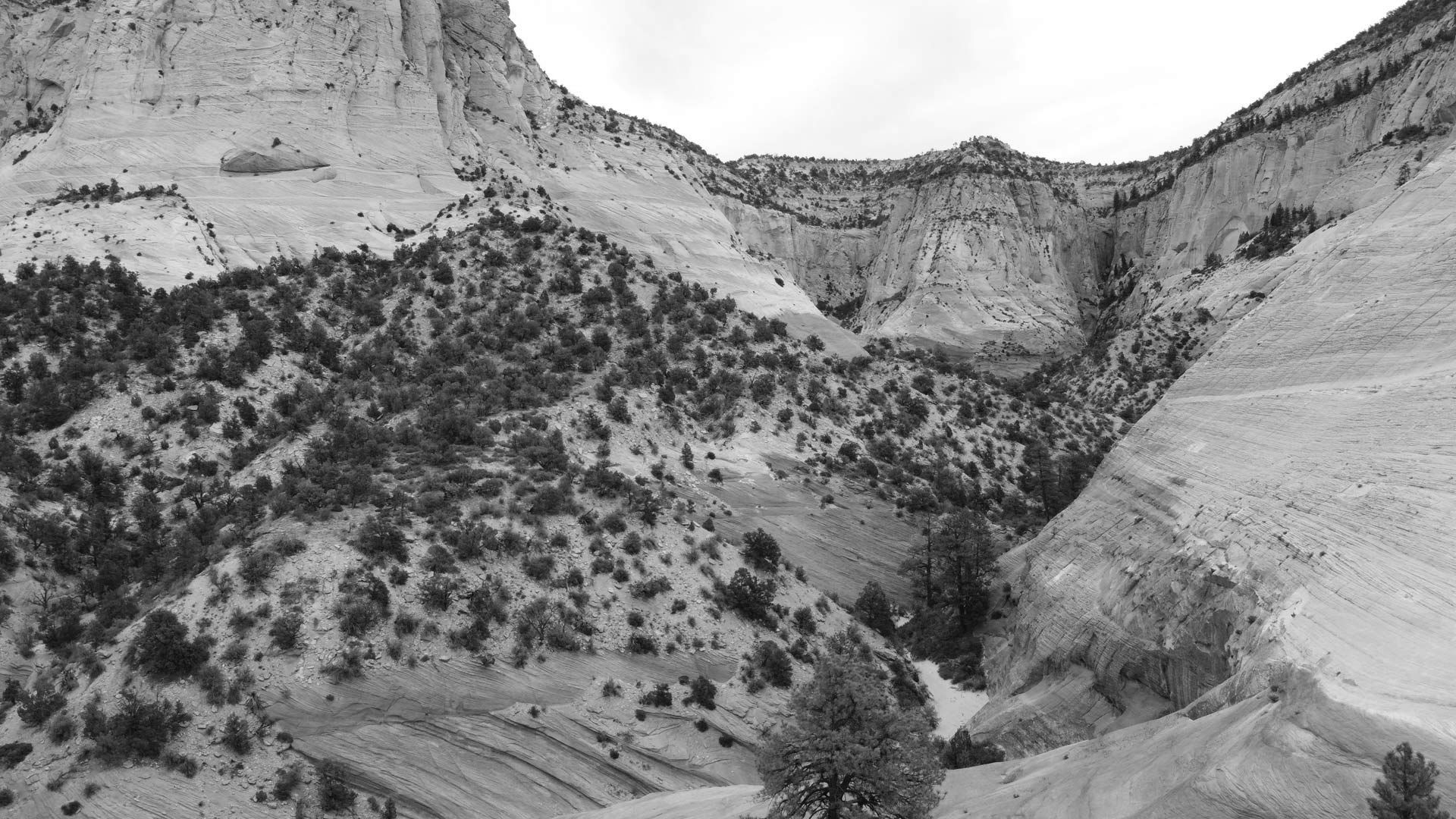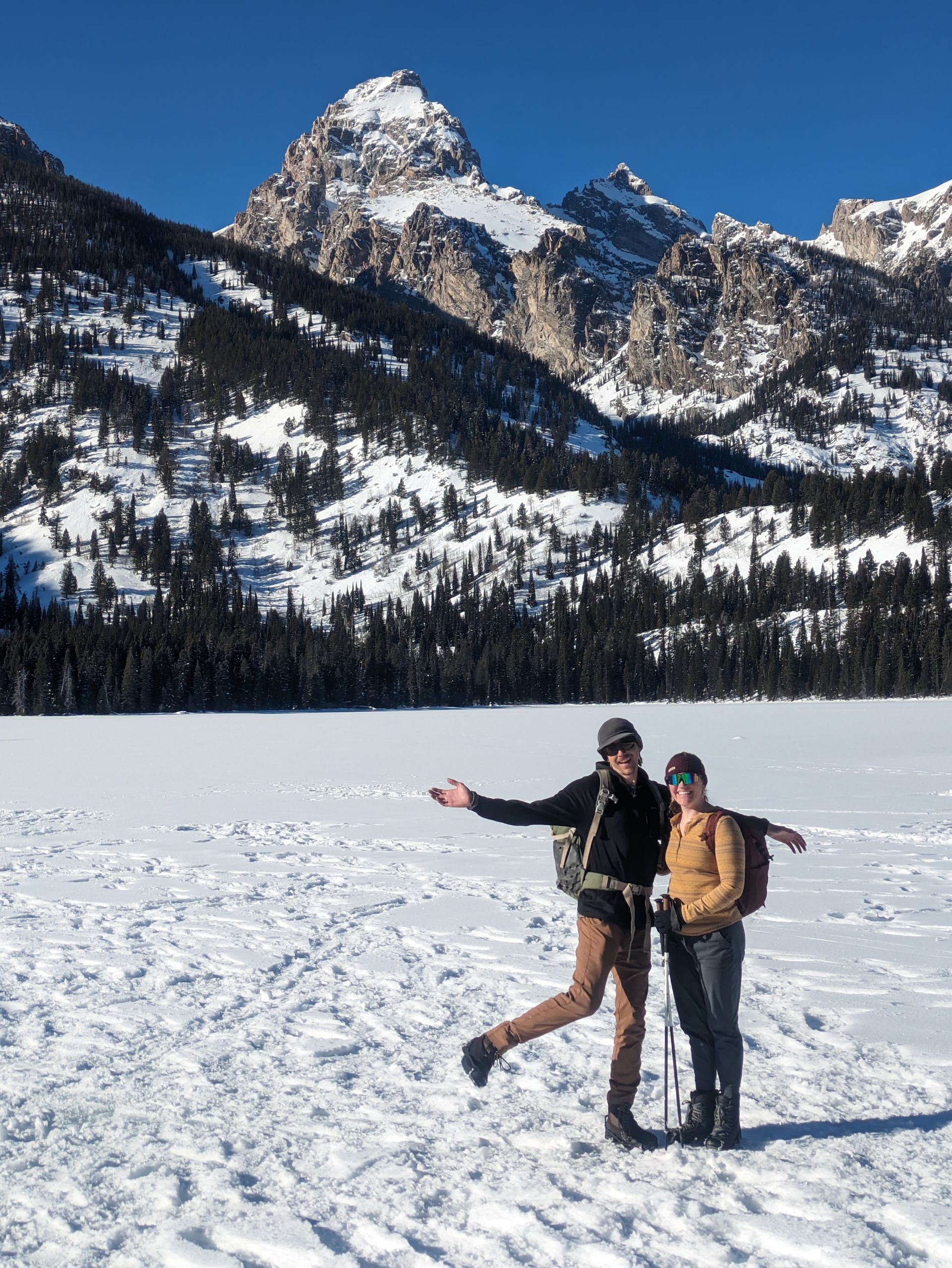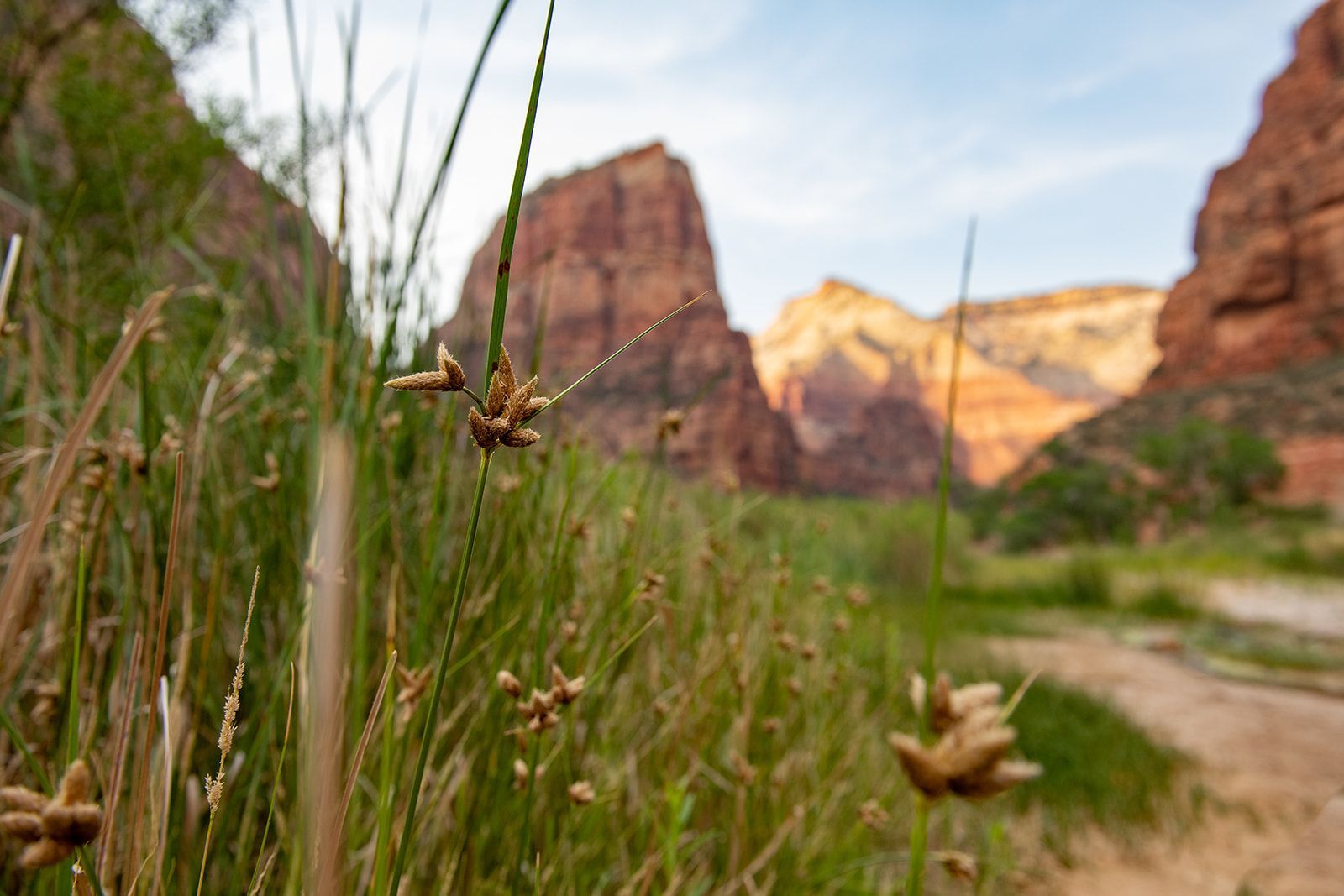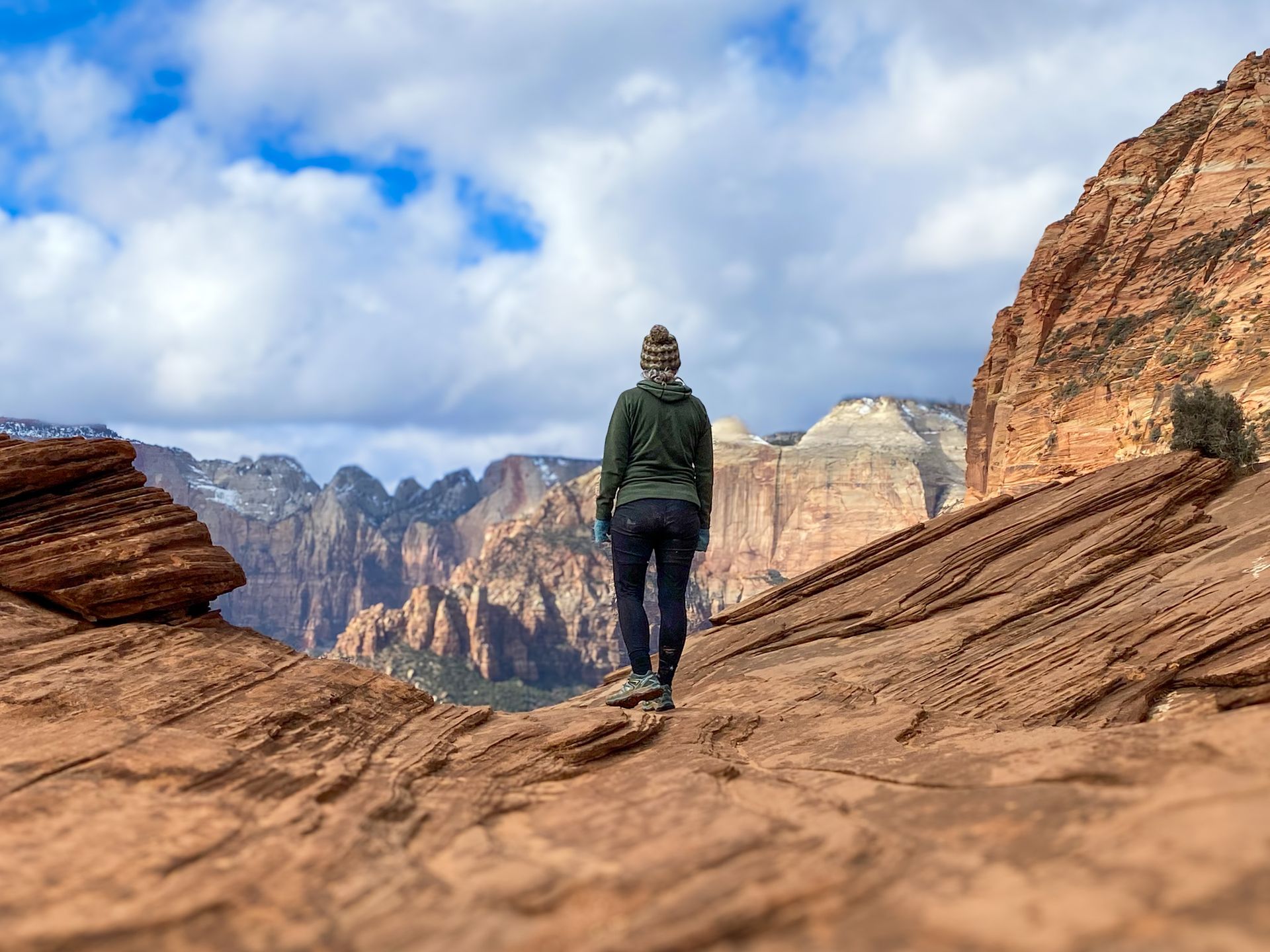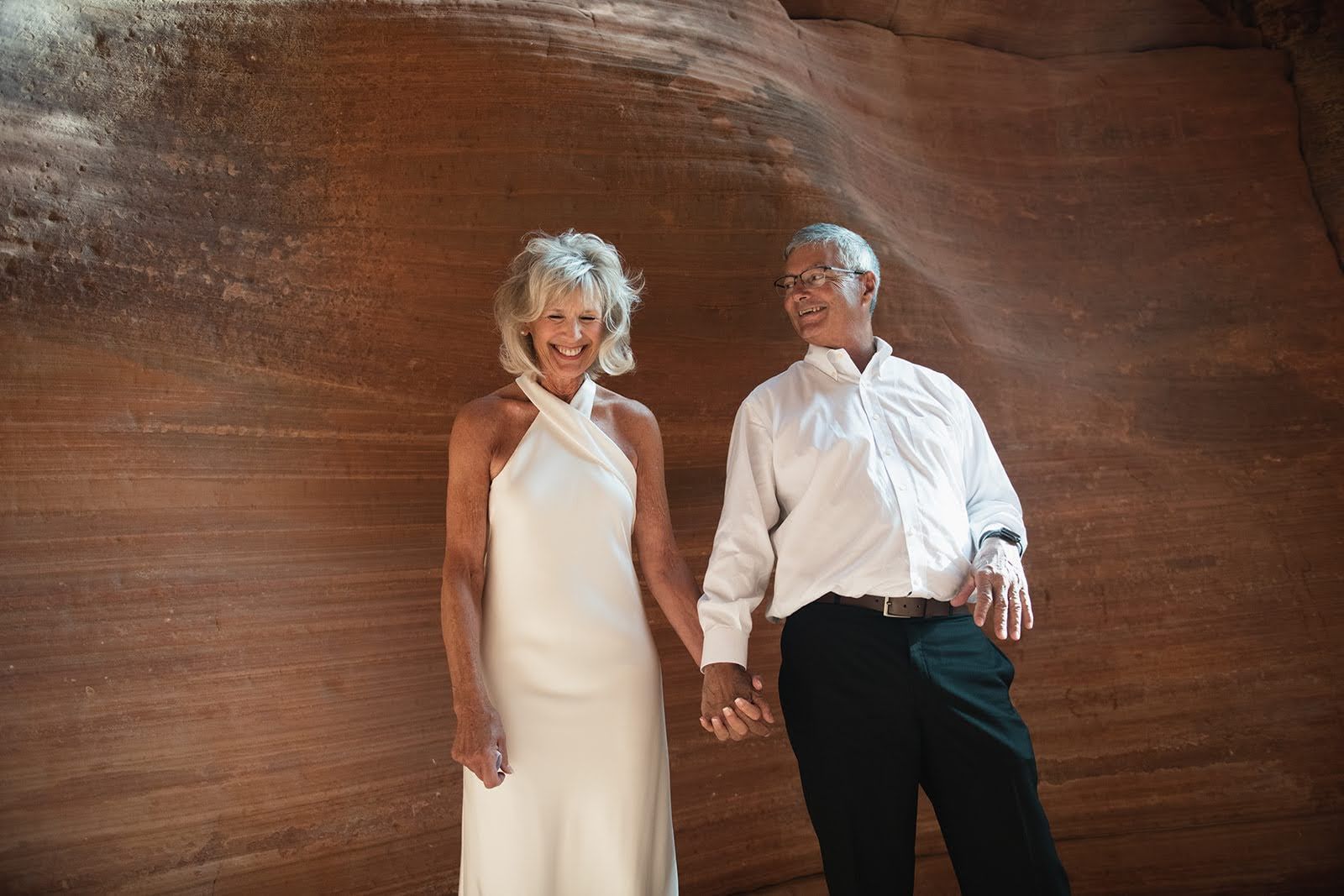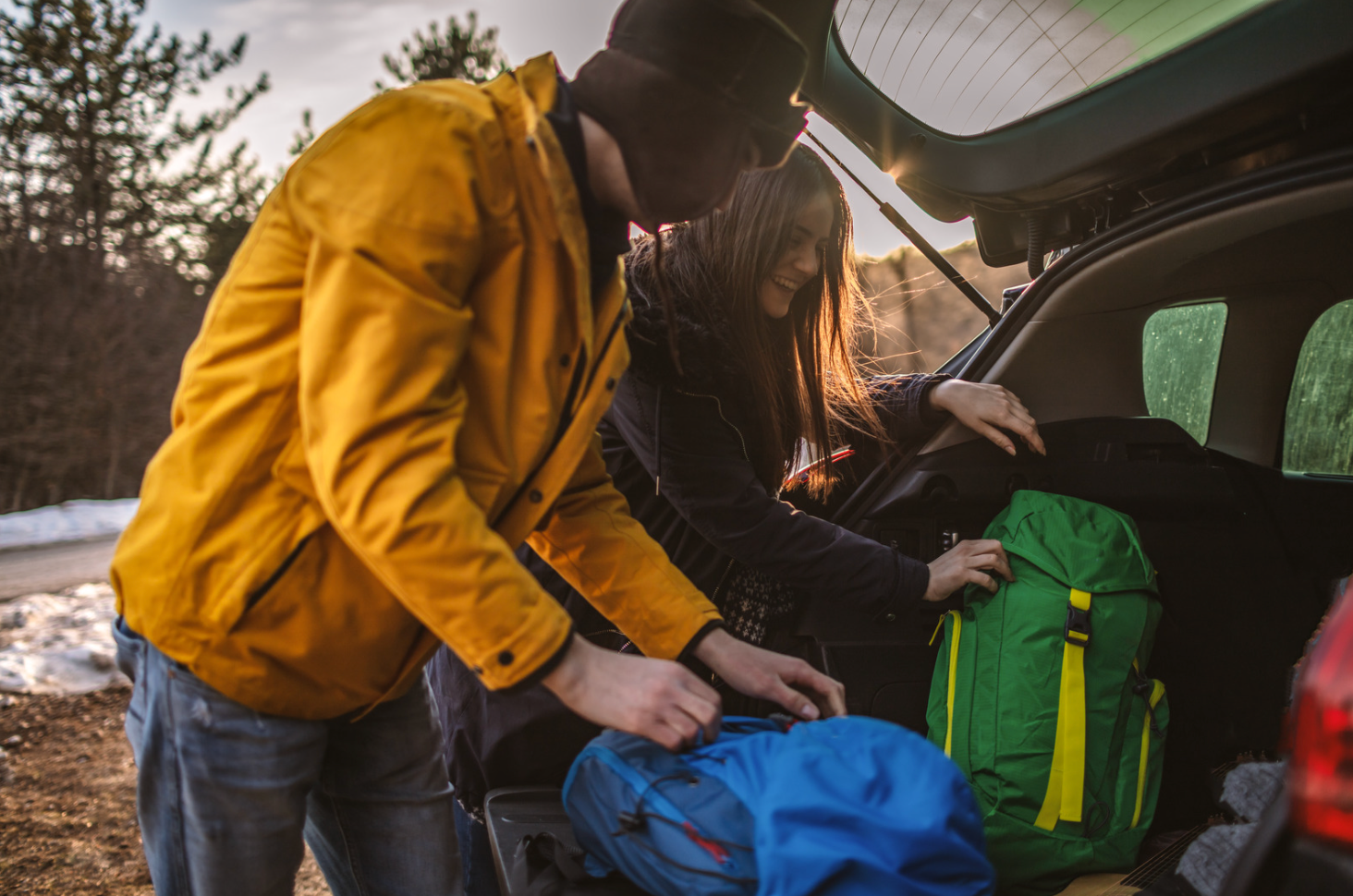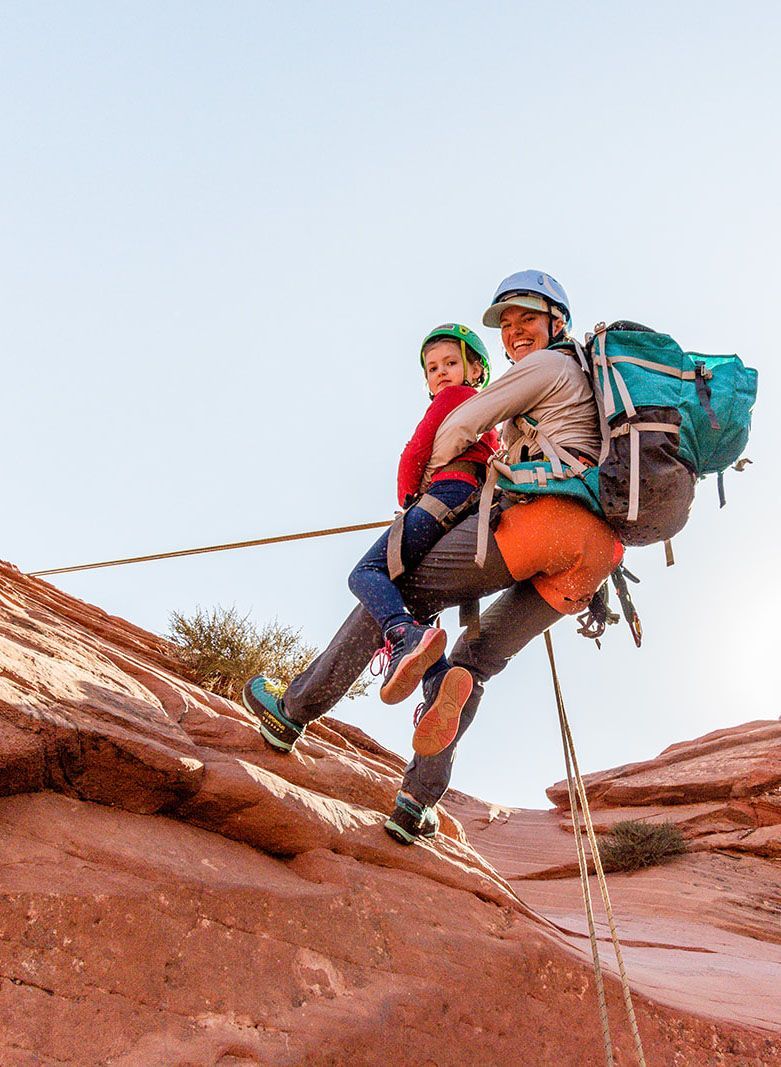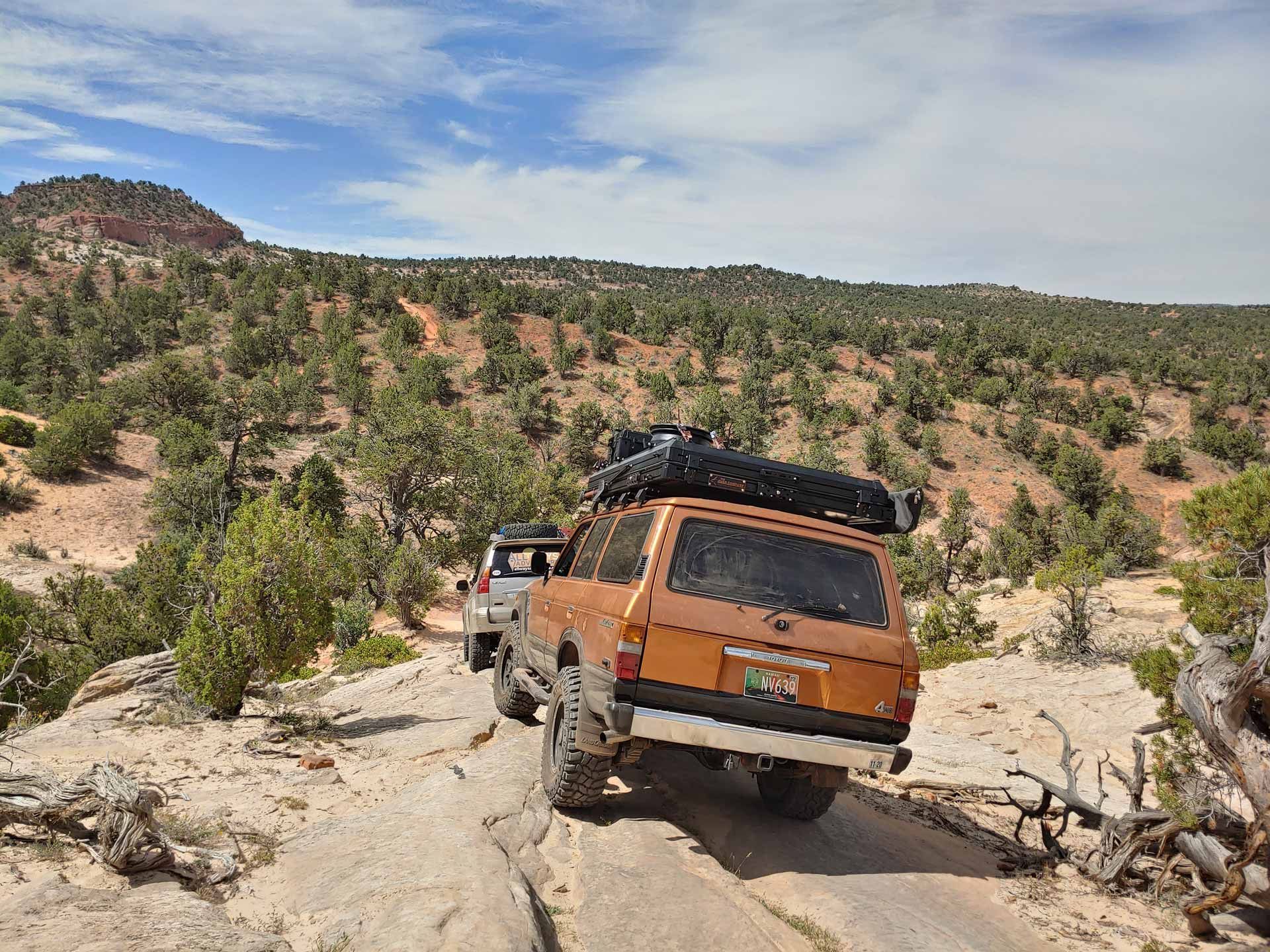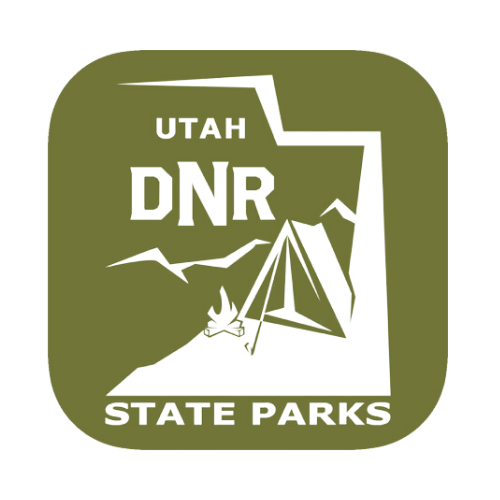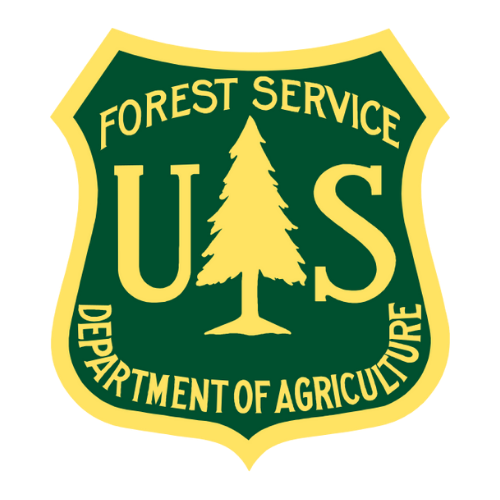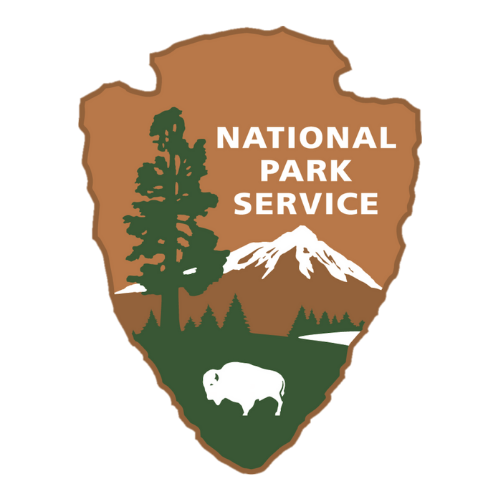As we celebrate Native American Heritage Month, we reflect on the long-standing connection between Indigenous communities and the lands we love to explore. These peoples, with their rich history, culture, and relationship to the land, have shaped the Southwest for thousands of years. All year long, it’s vital for visitors to deepen their understanding of these sacred places, not only as scenic destinations but also as living history and cultural treasures.
The Southwest is home to some of the most remarkable archaeological sites, ancient pictographs and petroglyphs, and sacred cultural landscapes that are integral to the identity of Indigenous peoples. As adventurers, hikers, and explorers, it is our responsibility to honor and respect these spaces—this is especially true during Native American Heritage Month when we have the opportunity to reflect on their history, contributions, and ongoing stewardship of the land.
Below, we will explore how we can engage with the Southwest responsibly, the importance of preserving cultural heritage, and the twenty
Visit with Respect tips to help visitors protect these fragile landscapes. But beyond just practical tips, this guide will offer insight into why these actions are important and how we can each make a difference in ensuring these sites are preserved.
Understanding the Significance of the Land and Its People
The Southwestern United States has been home to many Indigenous groups for thousands of years, including the Navajo, Hopi, Zuni, Apache, Ute, Ancestral Puebloan, and many others. These people have developed a deep, spiritual connection to the land that goes far beyond what most visitors might understand. For them, the land is not just a backdrop to daily life—it is the source of their identity, culture, and spiritual beliefs.
Many of the cultural sites in the Southwest, such as rock art, cliff dwellings, and ceremonial structures, are considered sacred by Indigenous peoples. They view these places as embodiments of their ancestors, places where the spirits of the past still reside. For instance,
Bears Ears National Monument—the focal point for the Visit with Respect campaign—is home to not only exceptional natural beauty but also sacred sites and significant cultural landmarks that hold spiritual and ancestral meaning.
How Cultural Resources Are Threatened
Over the past few decades, the increased popularity of outdoor recreation and tourism in the Southwest has led to increased pressures on these culturally significant sites. This includes:
- Erosion and damage from heavy foot traffic can damage delicate rock art, pottery shards, and sacred burial grounds.
- Vandalism, including the carving of names or other symbols into rocks, destroys the cultural integrity of these sites.
- Looting, where visitors remove artifacts like pottery and tools, is not only illegal but also erases the ability of future generations to learn from these pieces of history.
- Environmental degradation, including trash, human waste, and other forms of pollution that damage ecosystems and disturb the sanctity of sacred sites.
The preservation of these sites requires all visitors to be conscious of their actions and aware of the lasting impact they can have on these fragile spaces.
The Role of Indigenous Peoples in Preservation
Indigenous communities have always been the stewards of the land. Their knowledge of the ecosystem, land management, and conservation techniques has kept the Southwest’s natural resources thriving for thousands of years. However, these practices have often been ignored or undermined by outside forces, such as colonialism, development, and government policies.
In recent years, many Indigenous communities have pushed to regain control over the land and the preservation of these sites. Groups like the
Bears Ears Inter-Tribal Coalition have been advocating for the protection of sacred lands, and they have made strides in integrating Indigenous knowledge into modern conservation practices. This movement has brought about a shift in how we view public lands—emphasizing the importance of Indigenous leadership in land stewardship and the preservation of cultural heritage.
20 Key Tips for Responsible Visitation
Over the years, we’ve looked towards Indigenous people to help us understand how to visit and learn about these landscapes with respect. In 2018, Bears Ears Partnership launched its Visit with Respect (VWR) campaign, which outlines 20 essential tips for respecting the cultural and natural resources of the region. These tips help guide visitors in how to engage with the land without causing harm. We implore everyone to consider these tips every time they step foot on the land.
What We Can Learn from Indigenous Stewardship
One of the most valuable lessons we can take from Indigenous peoples is the concept of interconnectedness—the idea that everything in nature is connected. The health of the land, the water, and the animals is directly tied to human actions. When we visit these sacred places, we must think beyond ourselves and our immediate desires. We must consider how our presence affects not just the environment but the cultural heritage that surrounds us.
Indigenous stewardship teaches us to see ourselves as caretakers of the land. By following the practices of leaving no trace, respecting cultural boundaries, and honoring the history and significance of sacred sites, we can make a meaningful contribution to preserving the Southwest for future generations.
Moving Forward with Respect and Reverence
As we celebrate Native American Heritage Month, let’s take a moment to reflect on the land we explore and the cultures we cherish. These sacred sites are not just attractions—they are living, breathing expressions of Indigenous history and spiritual connection to the Earth. By visiting these places with respect, we honor the legacy of the Indigenous peoples who have been the caretakers of this land for millennia.
The 20 tips shared here, along with a broader understanding of Indigenous stewardship, offer a pathway for visitors to engage with these sacred spaces thoughtfully and responsibly. As we continue to explore the Southwest, let’s do so with a deep sense of gratitude and a commitment to protect these lands for future generations.
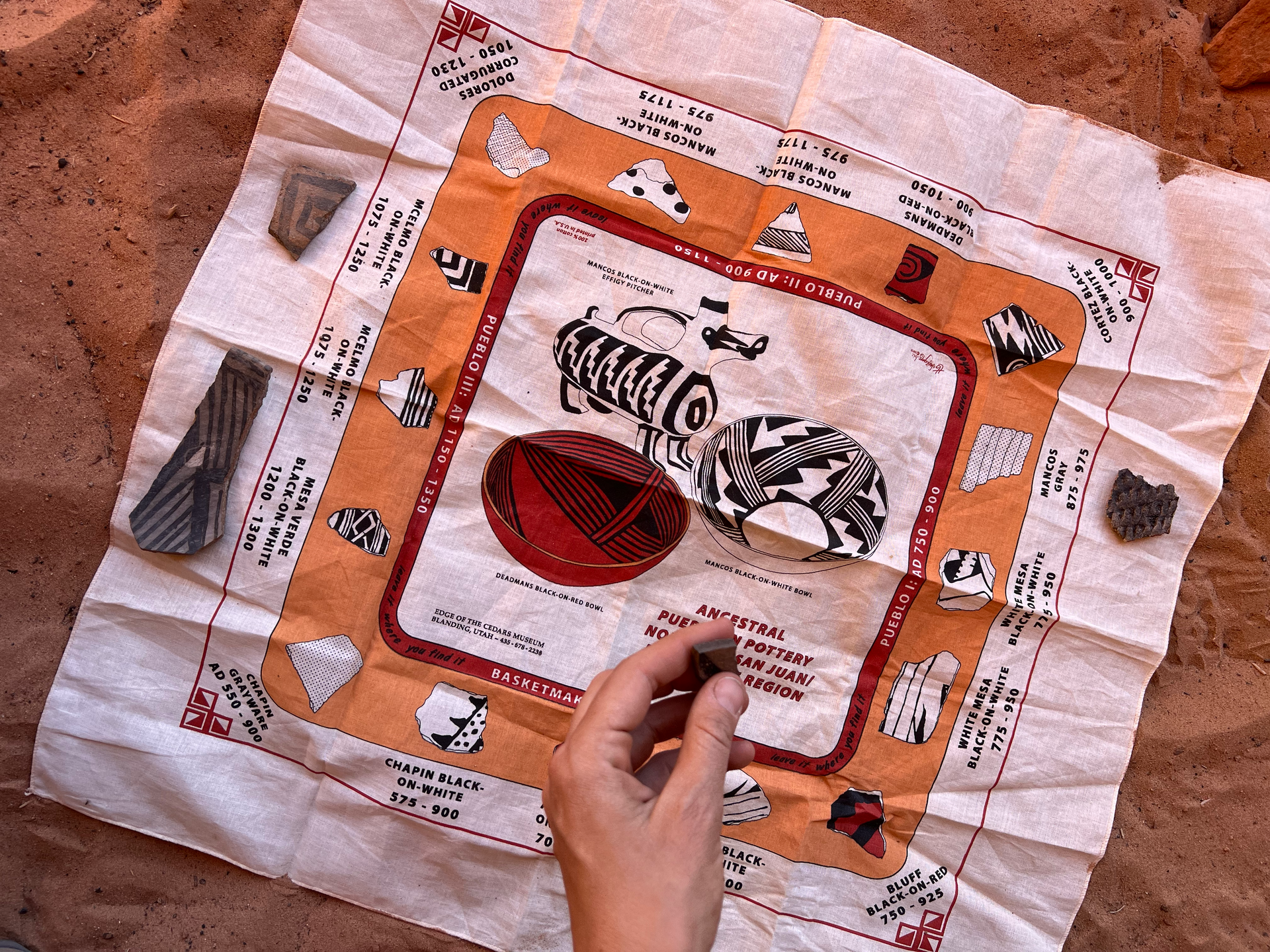
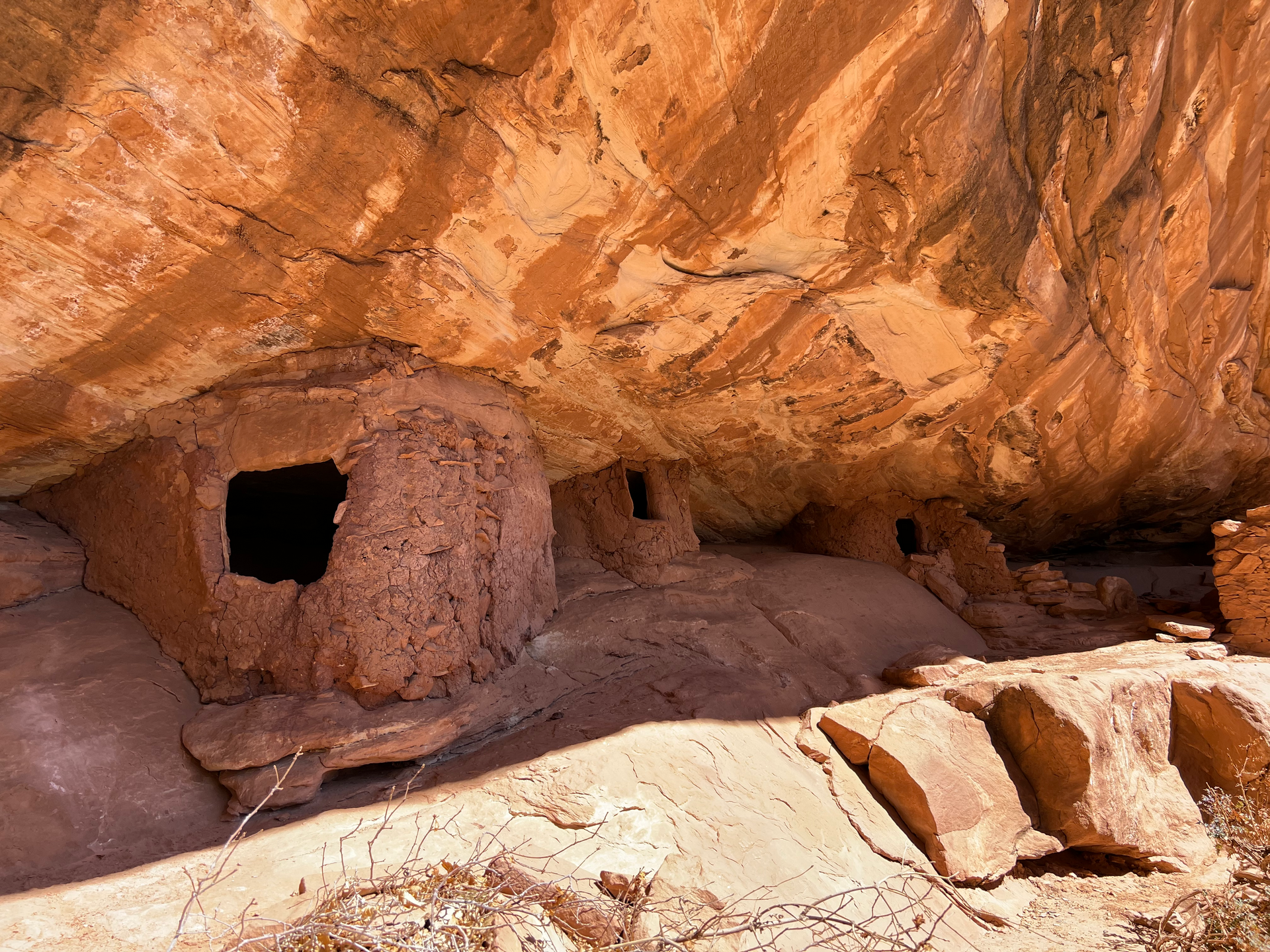
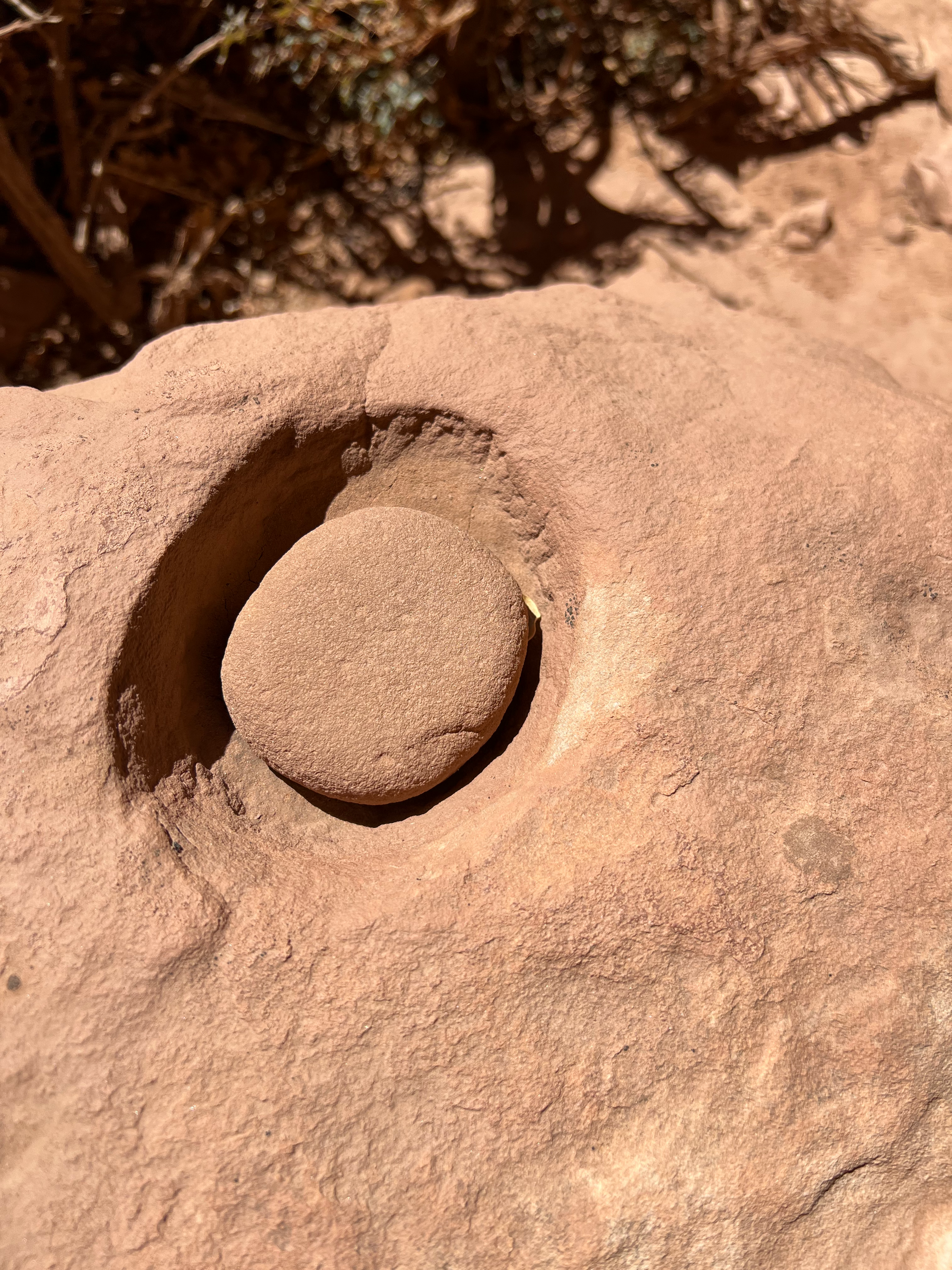
Ready to Book Your Adventure?
All Ways Adventure
4955 Boulder Bluff Blvd, Kanab, UT 84741, United States
+14358999745
